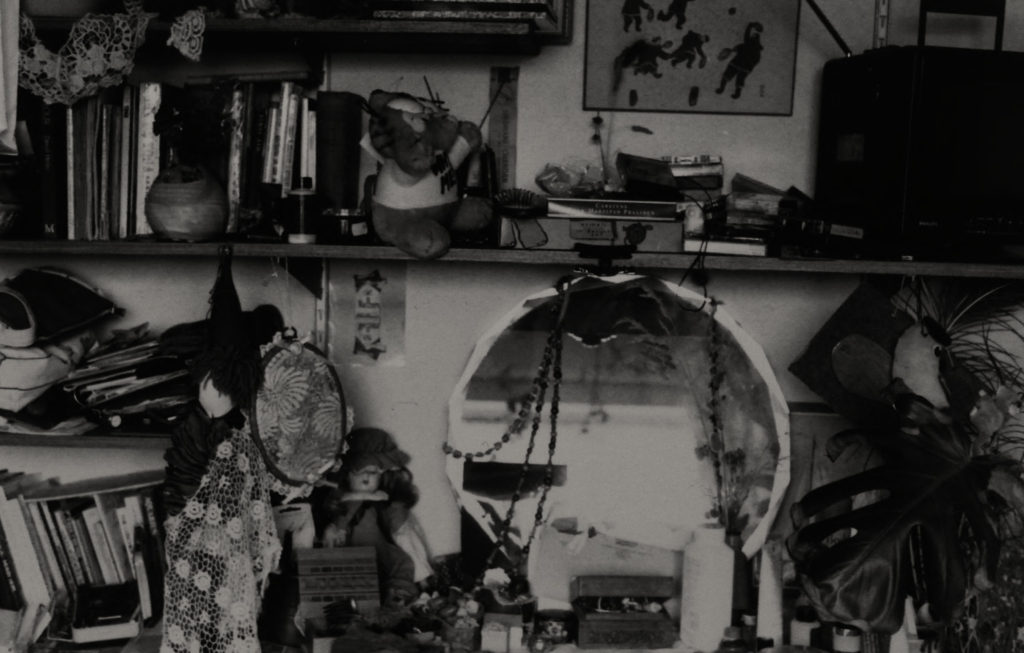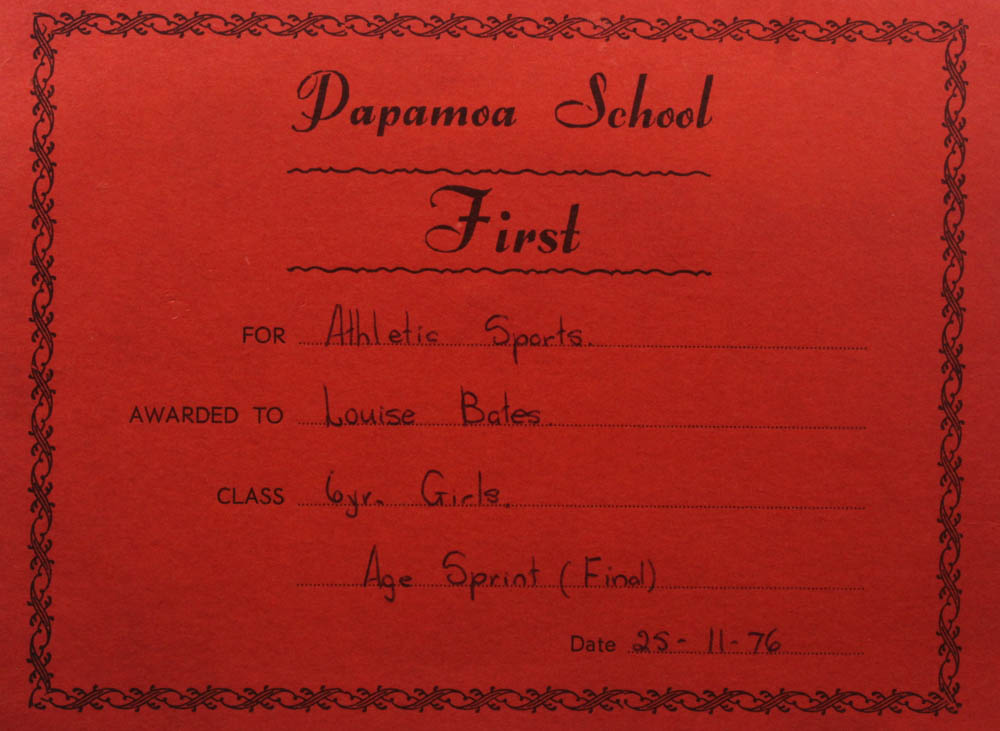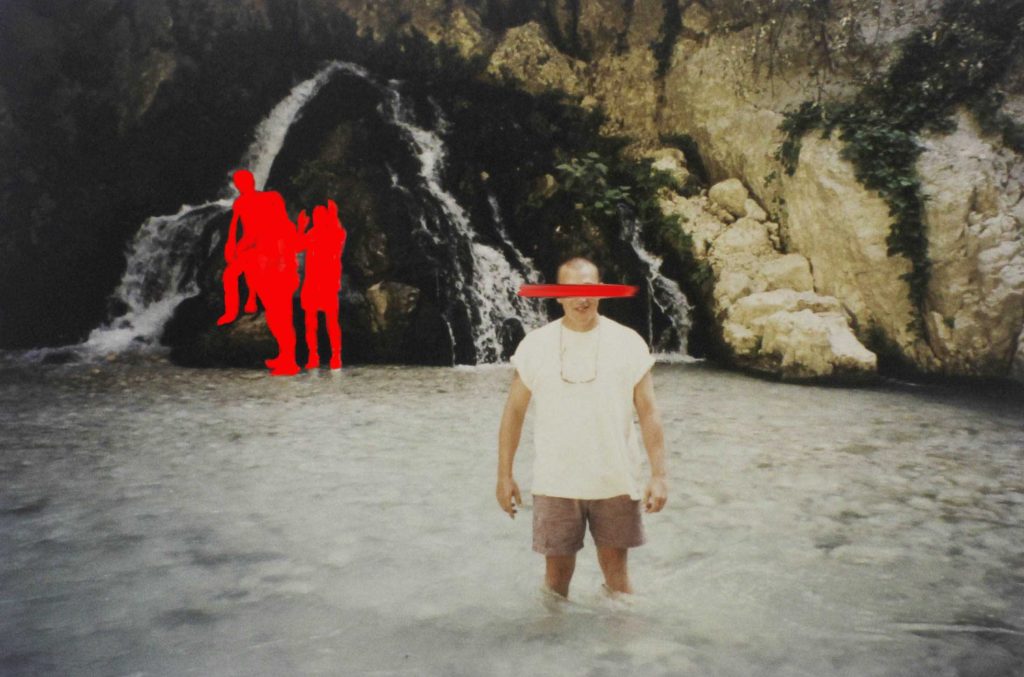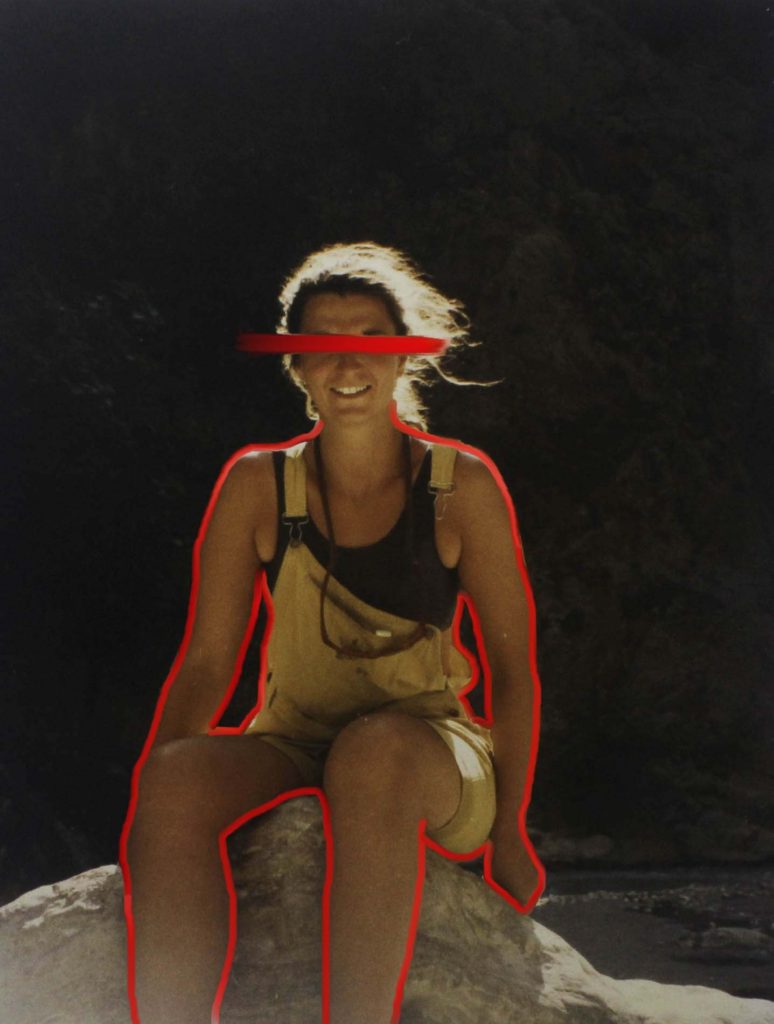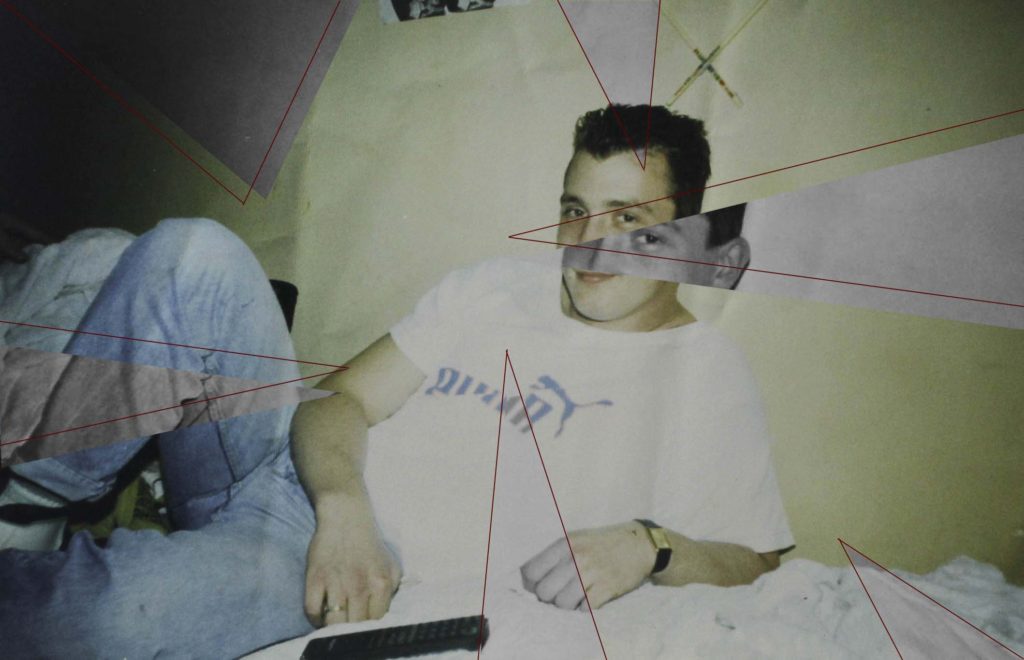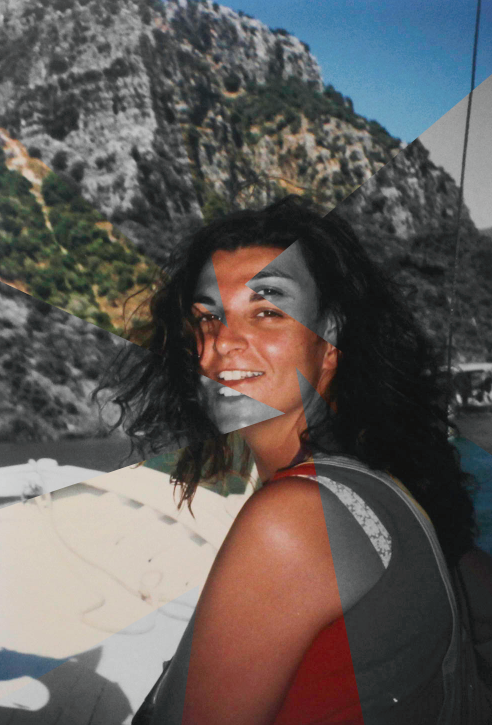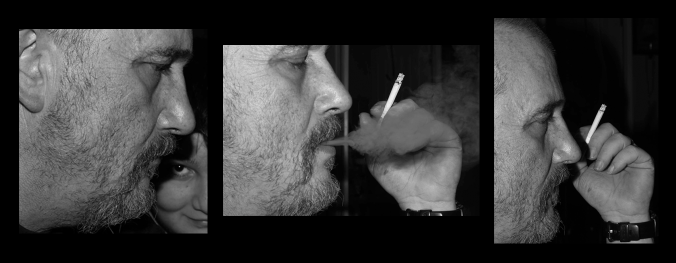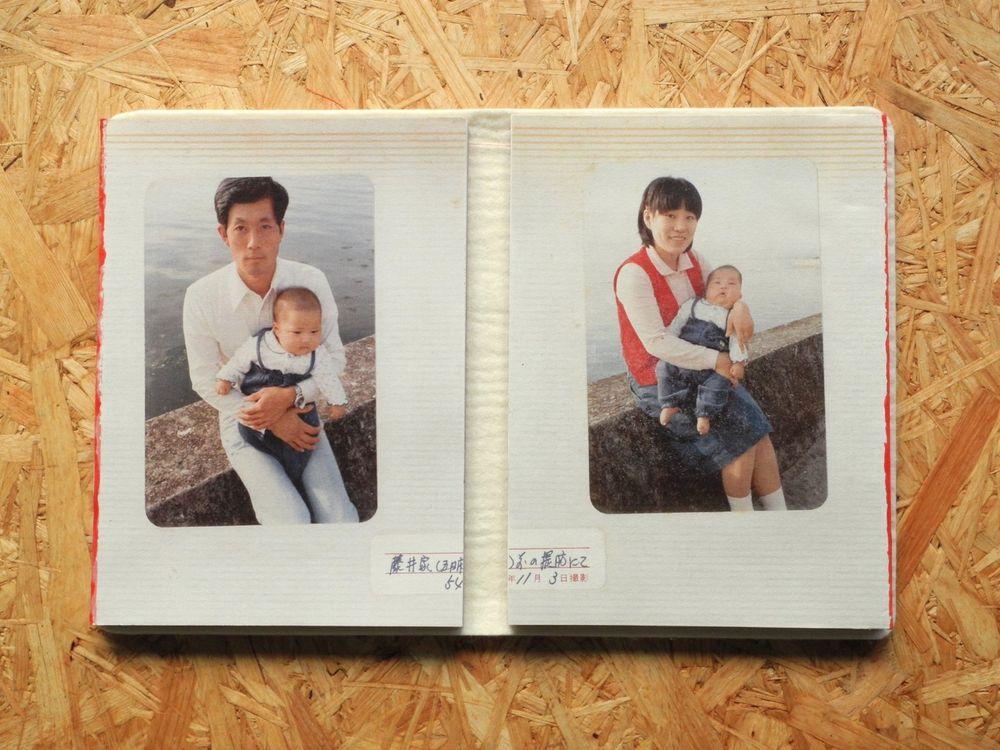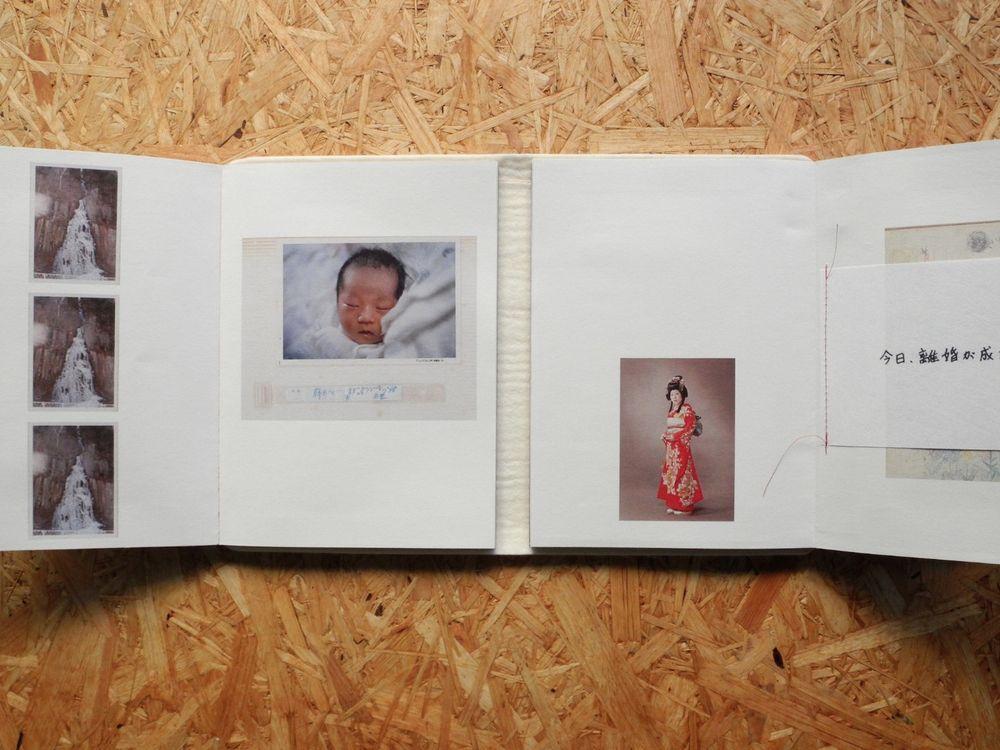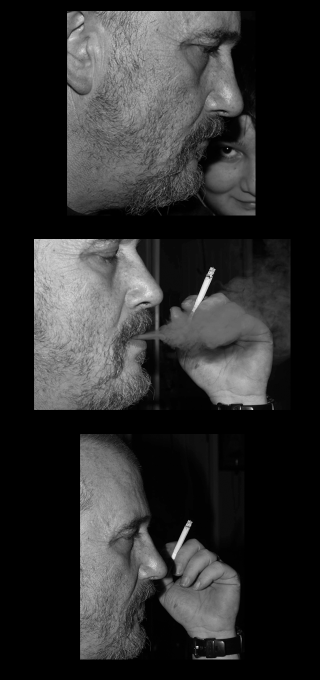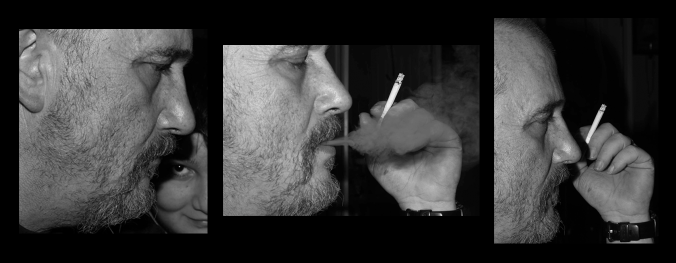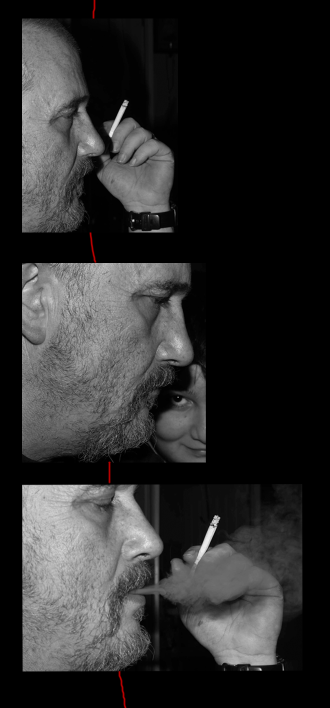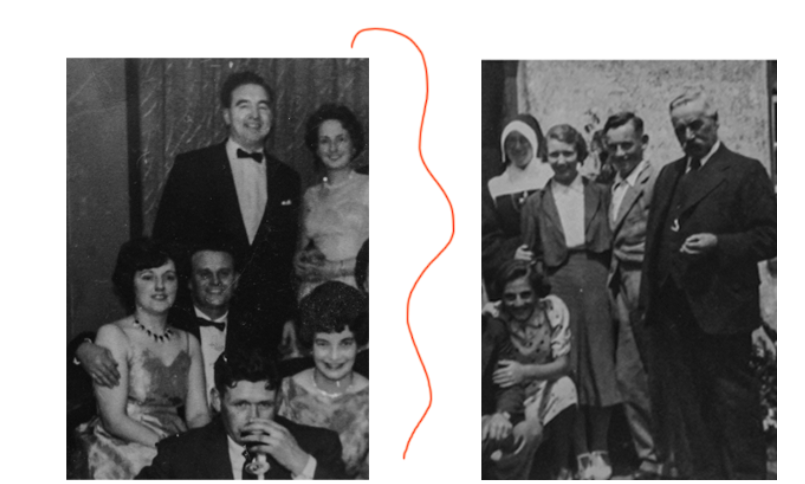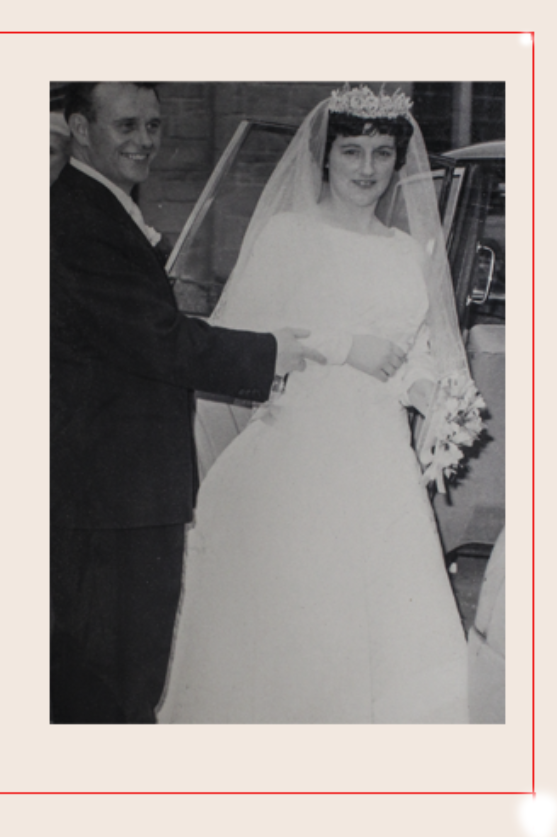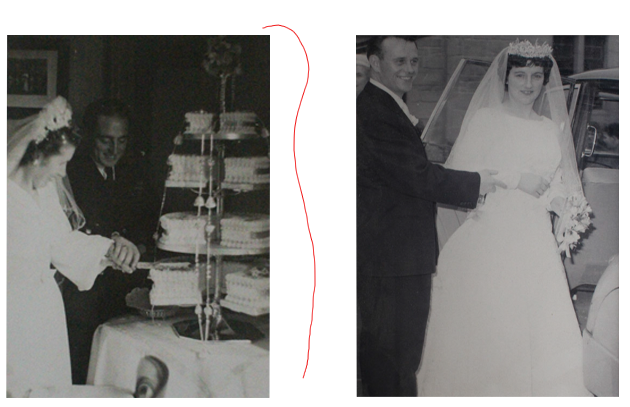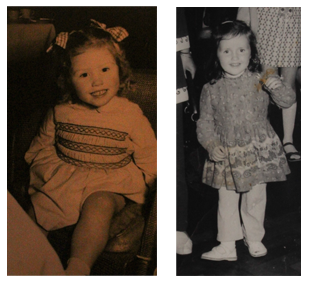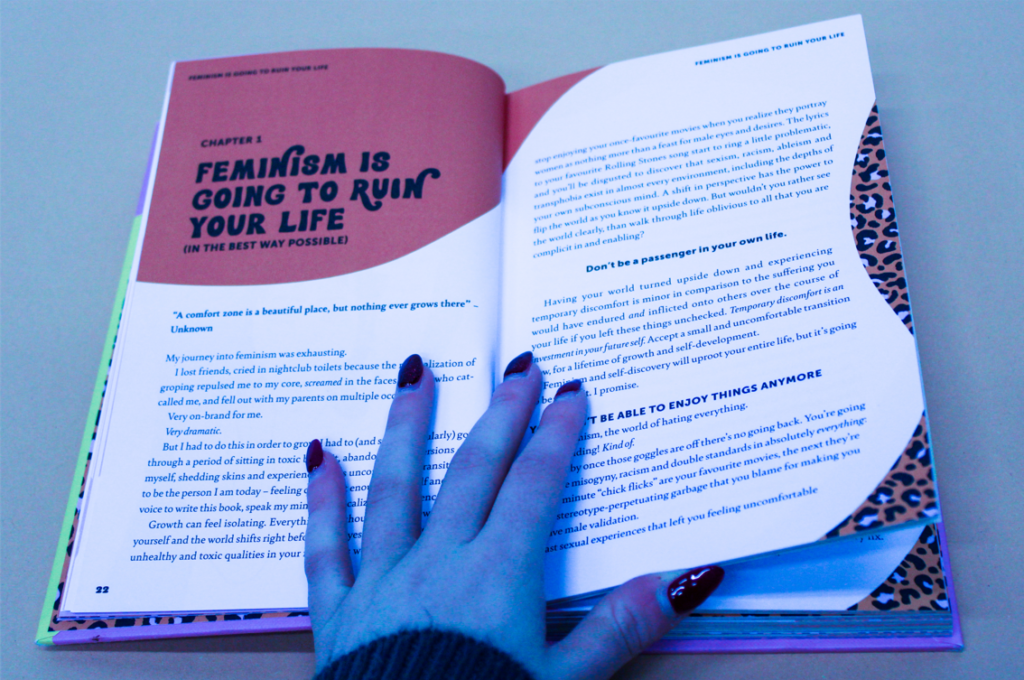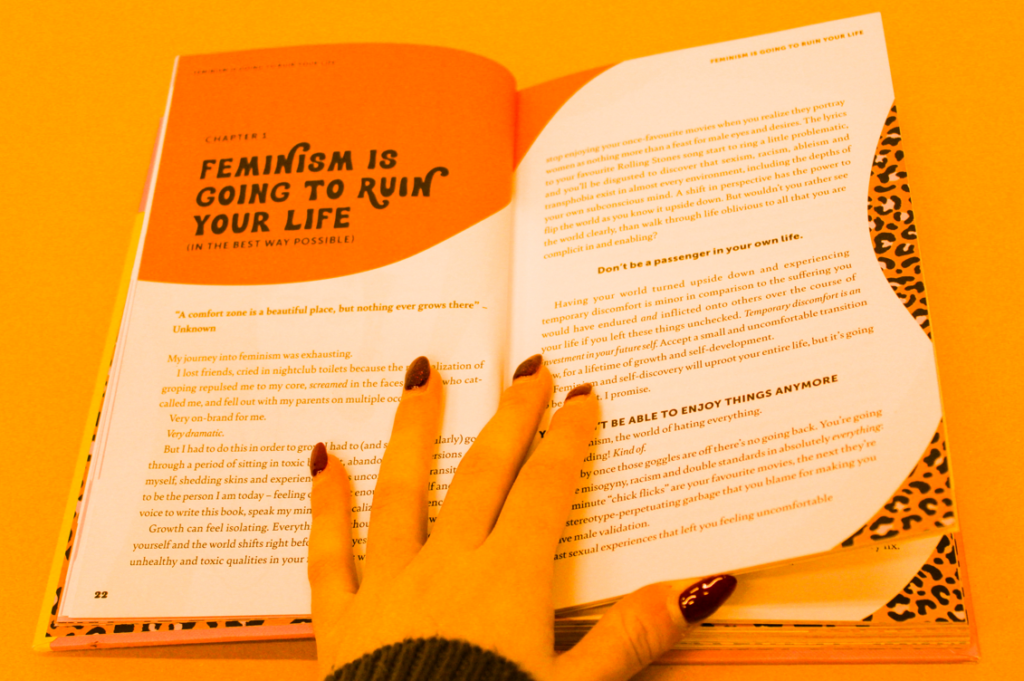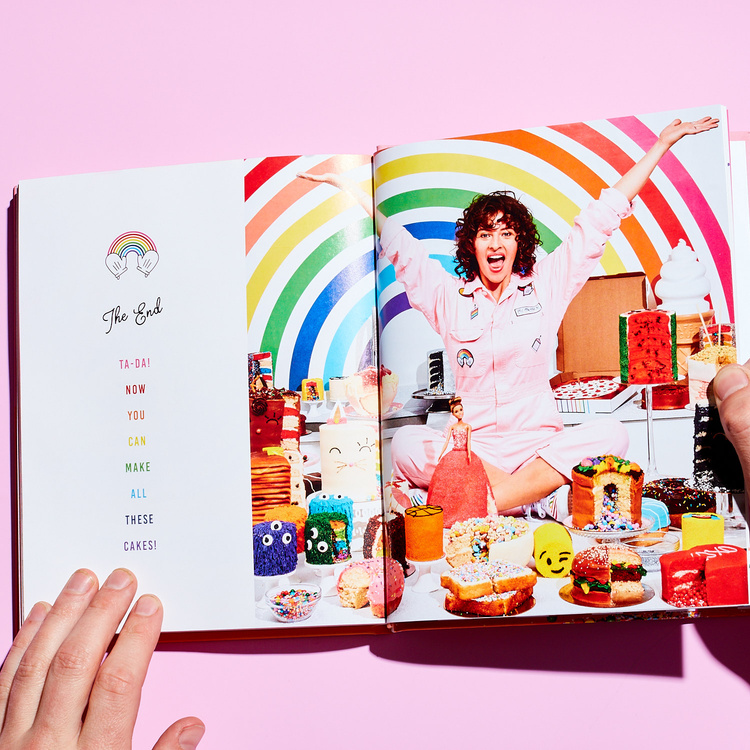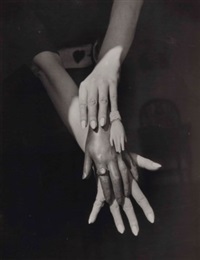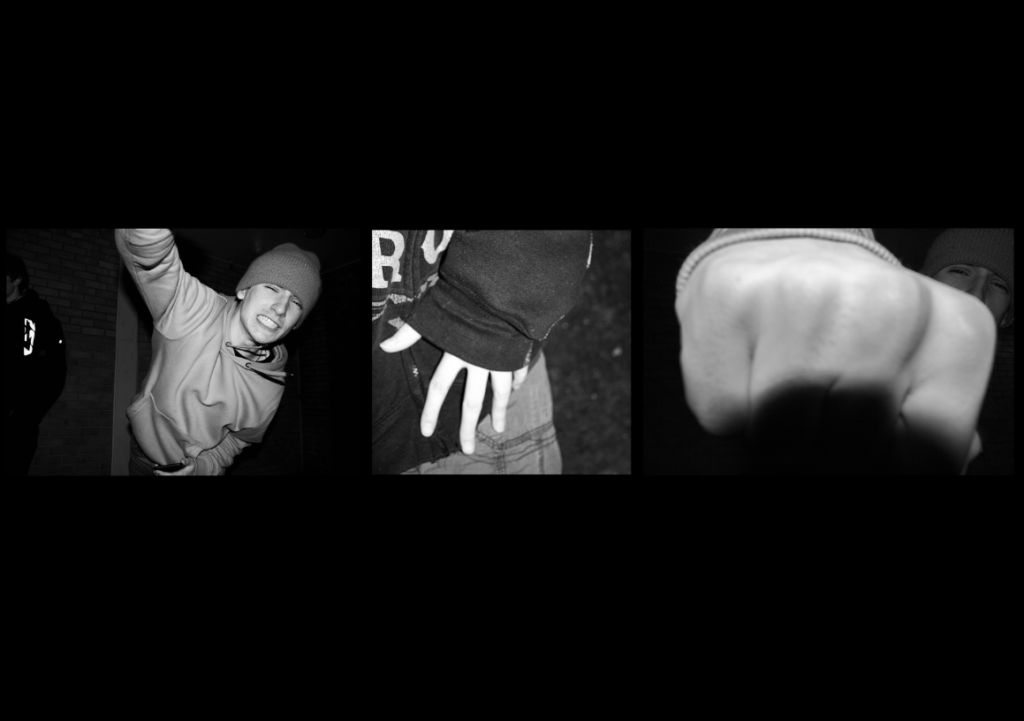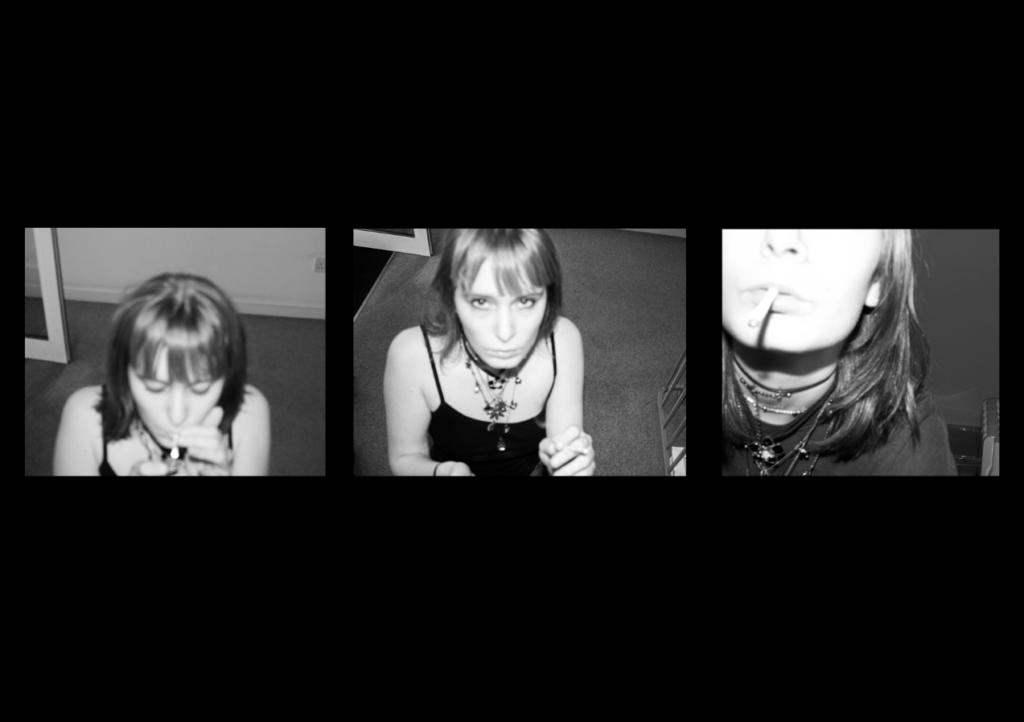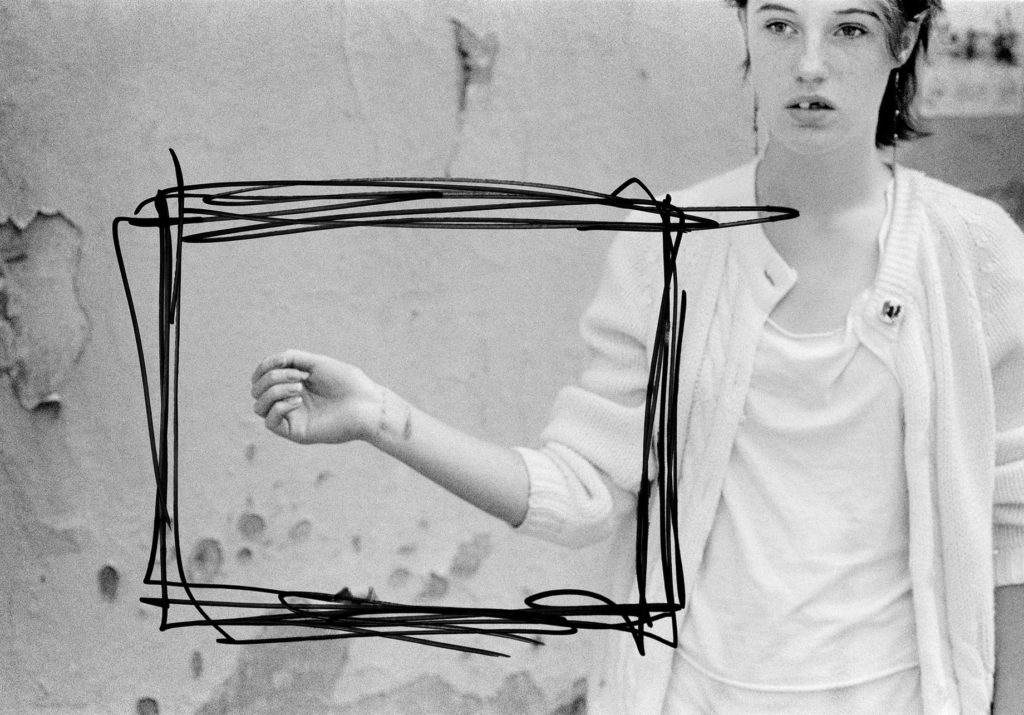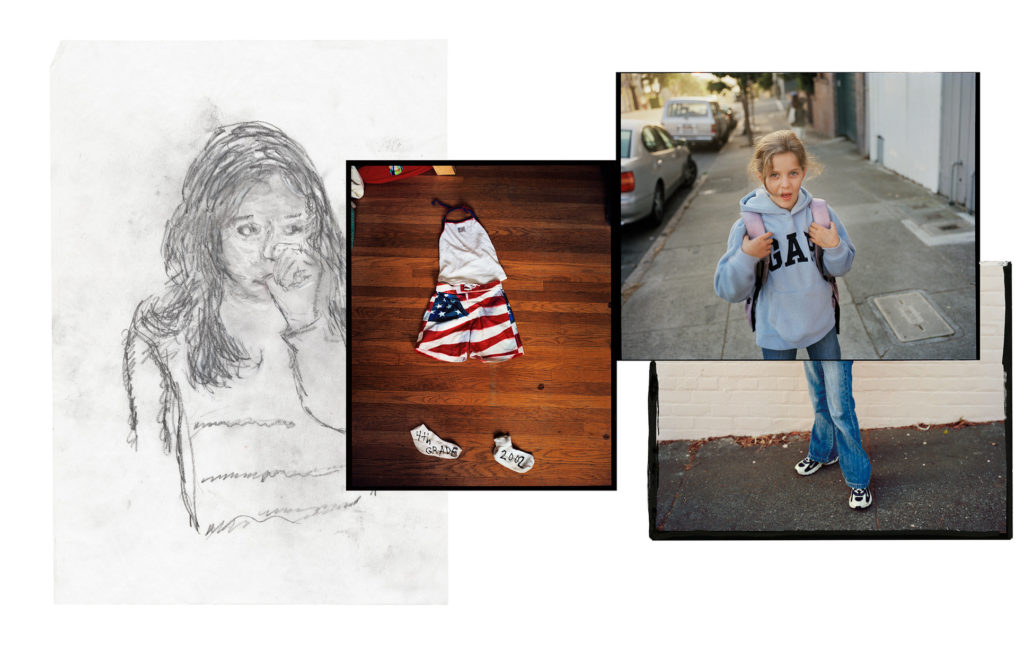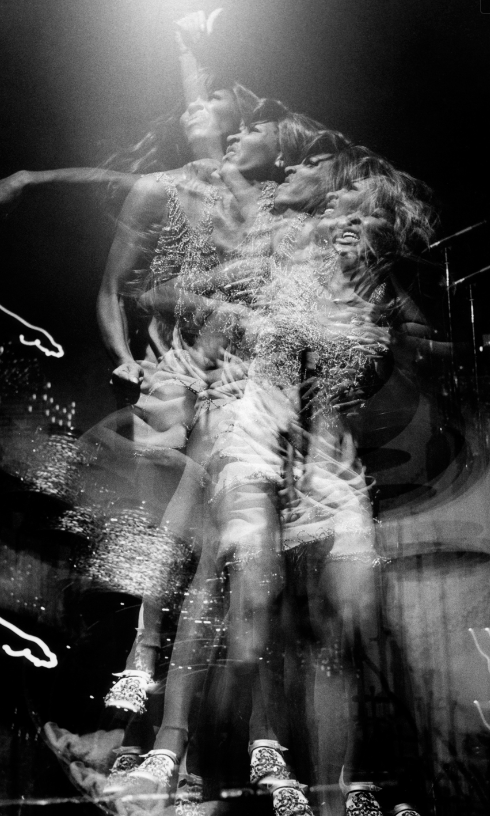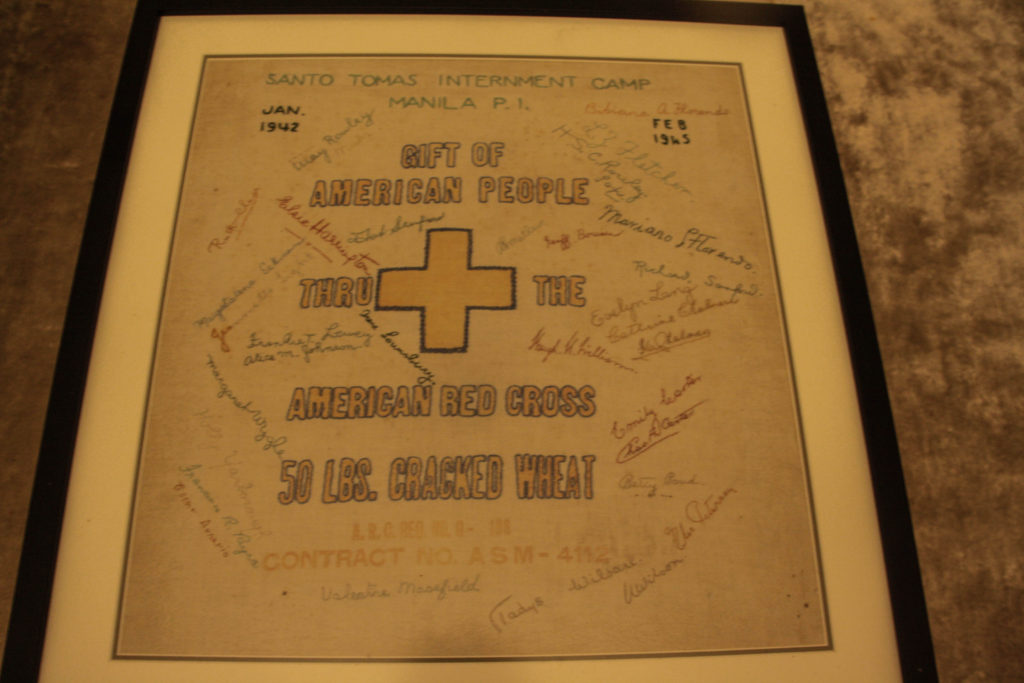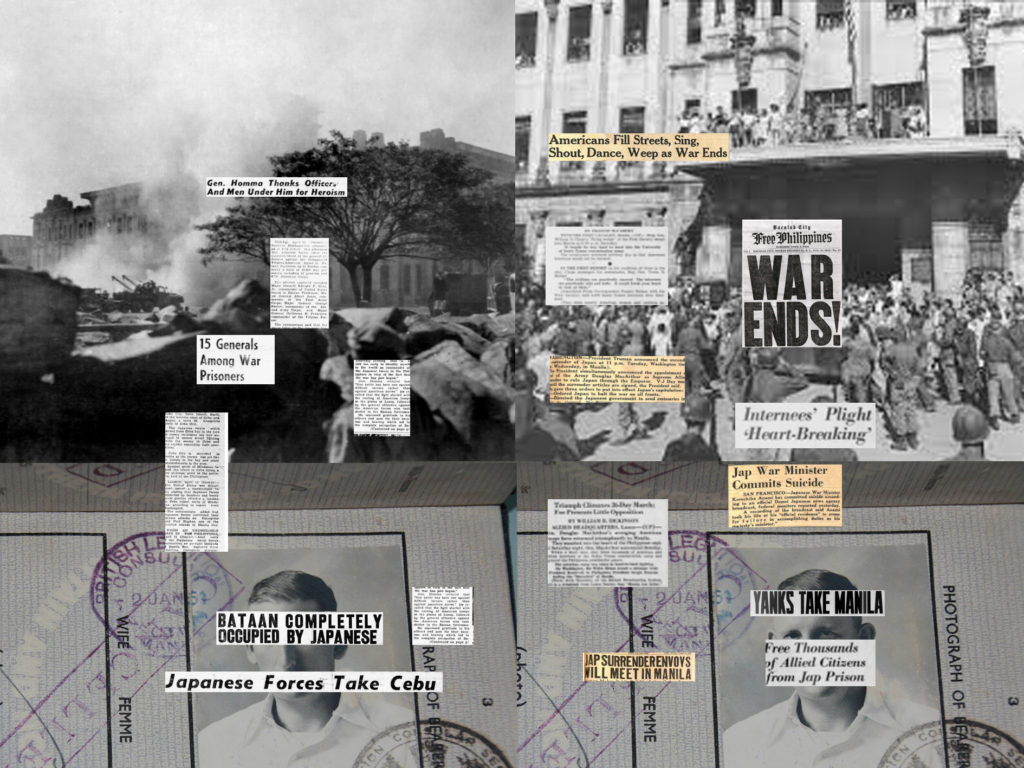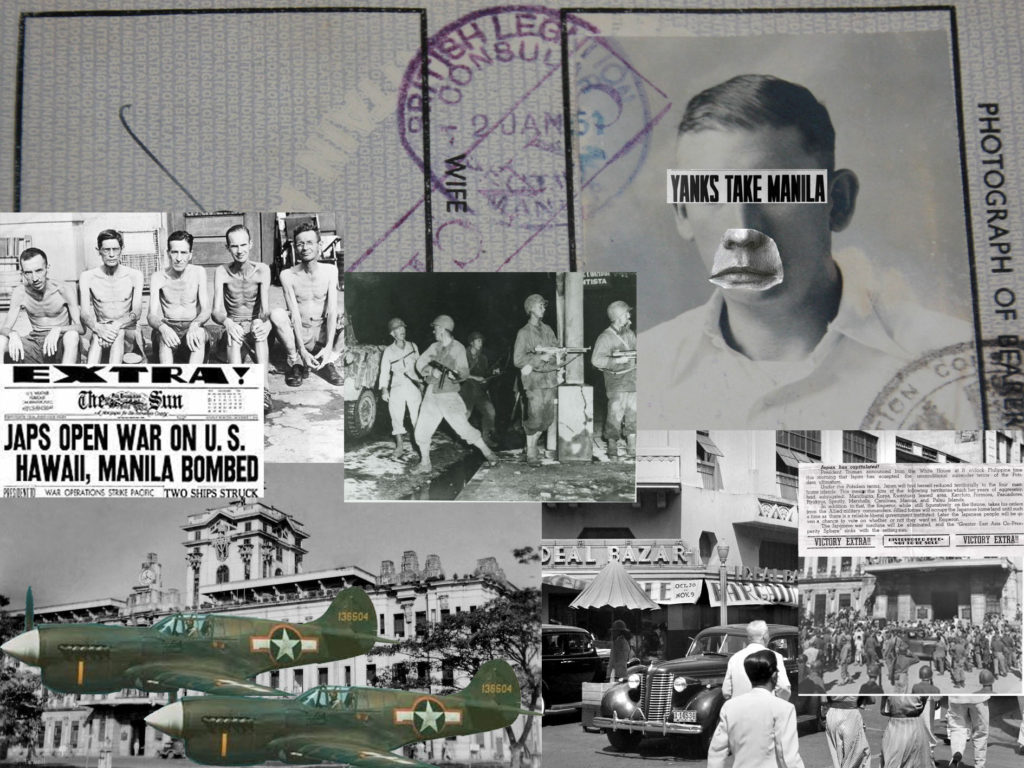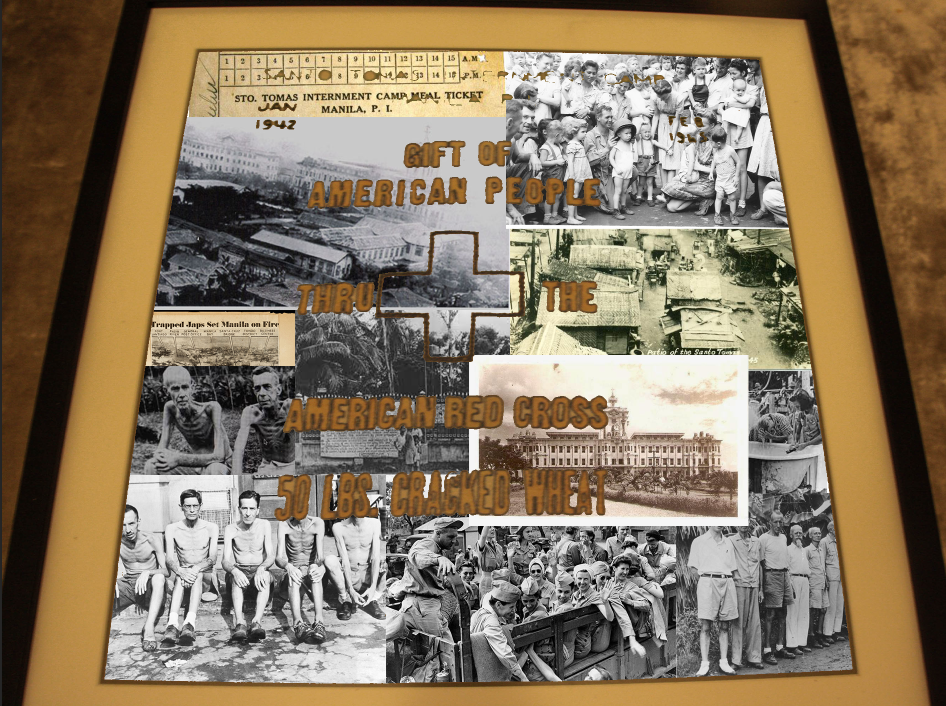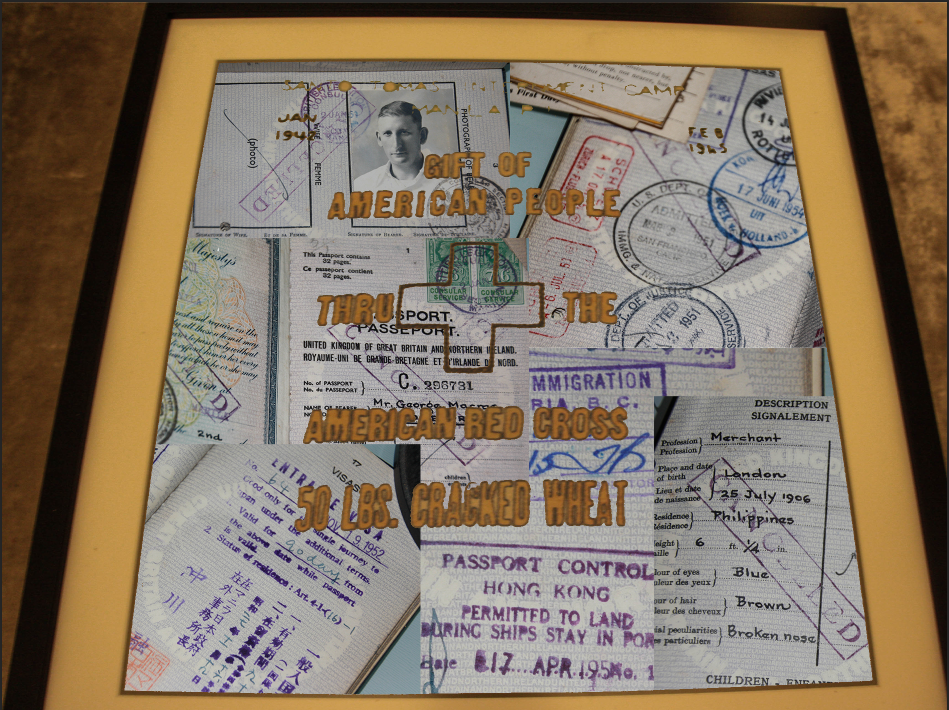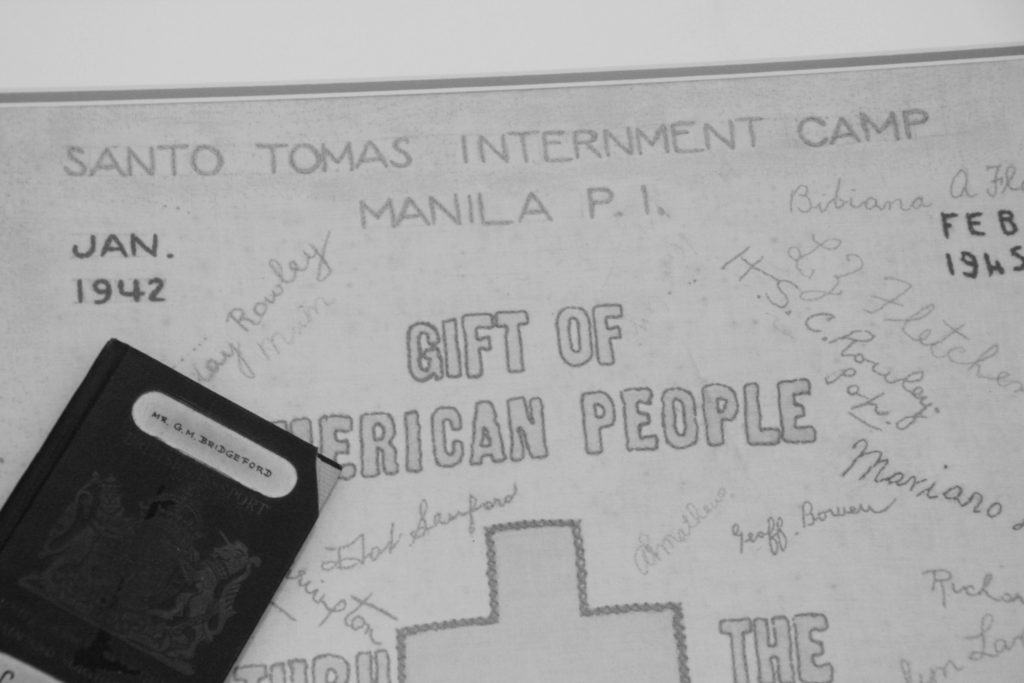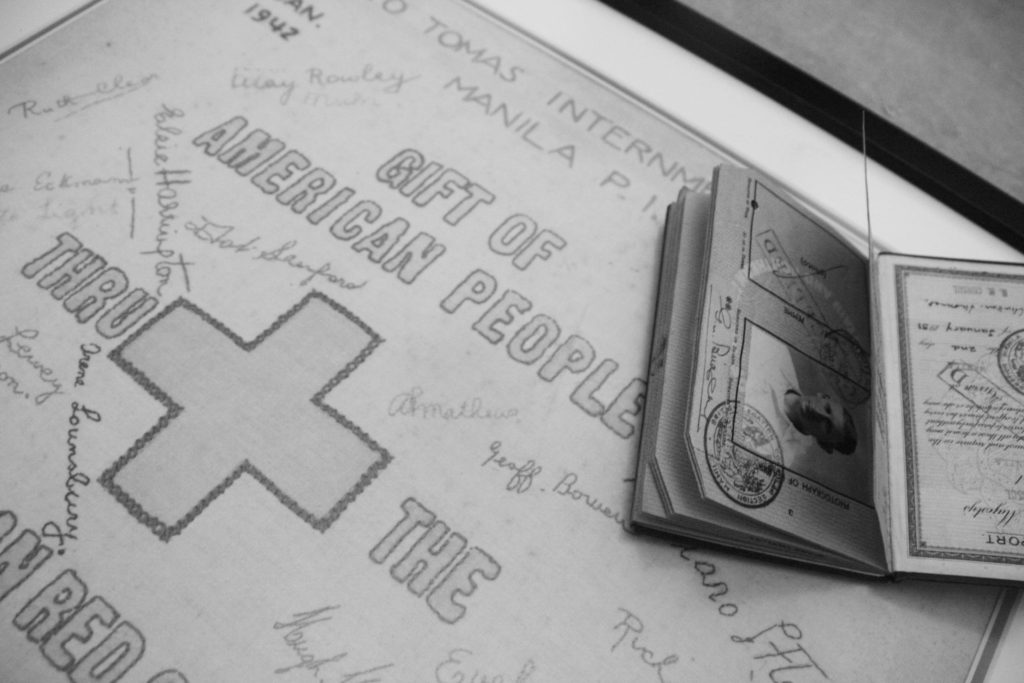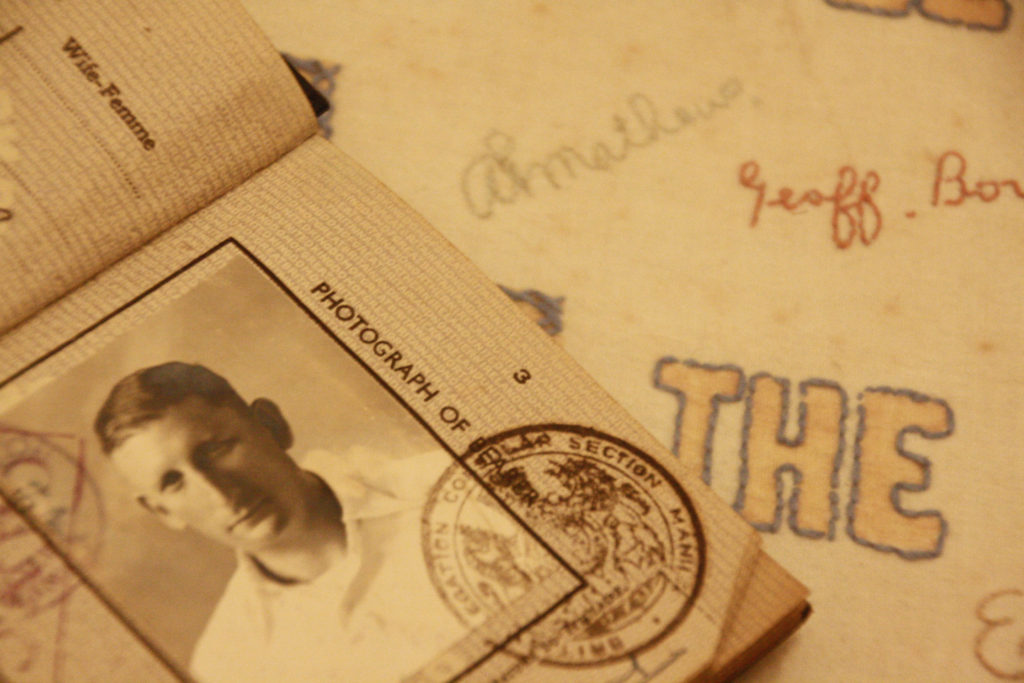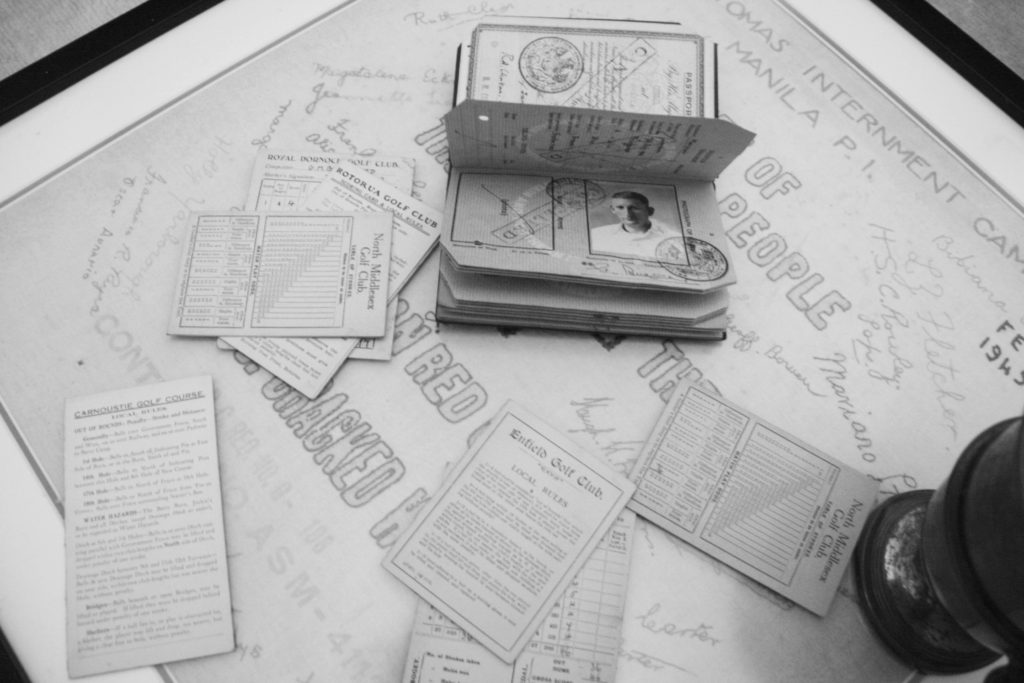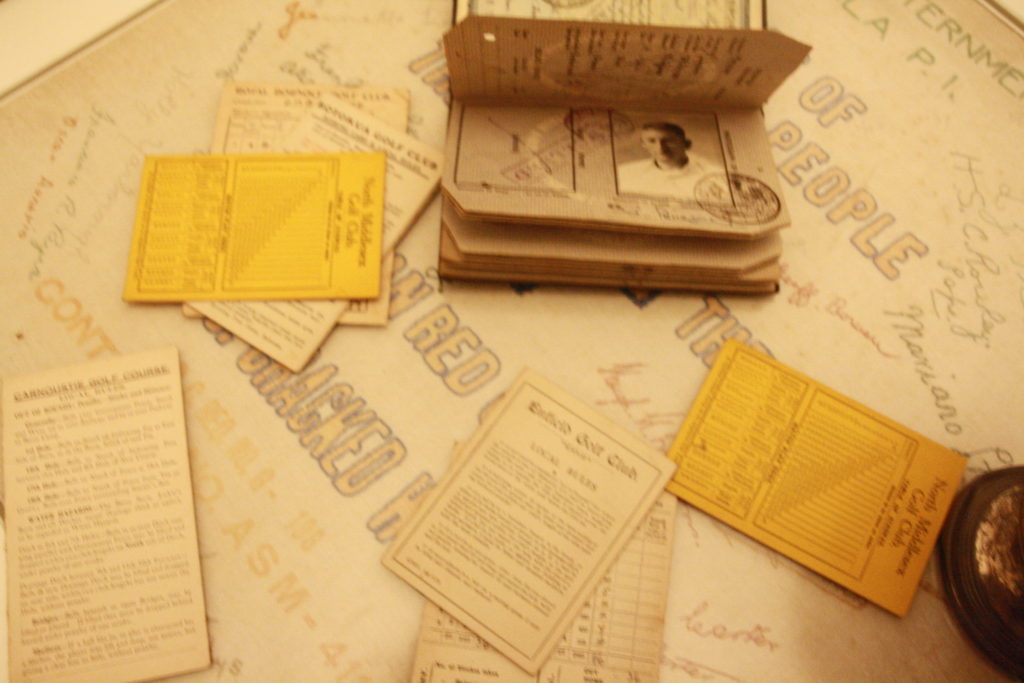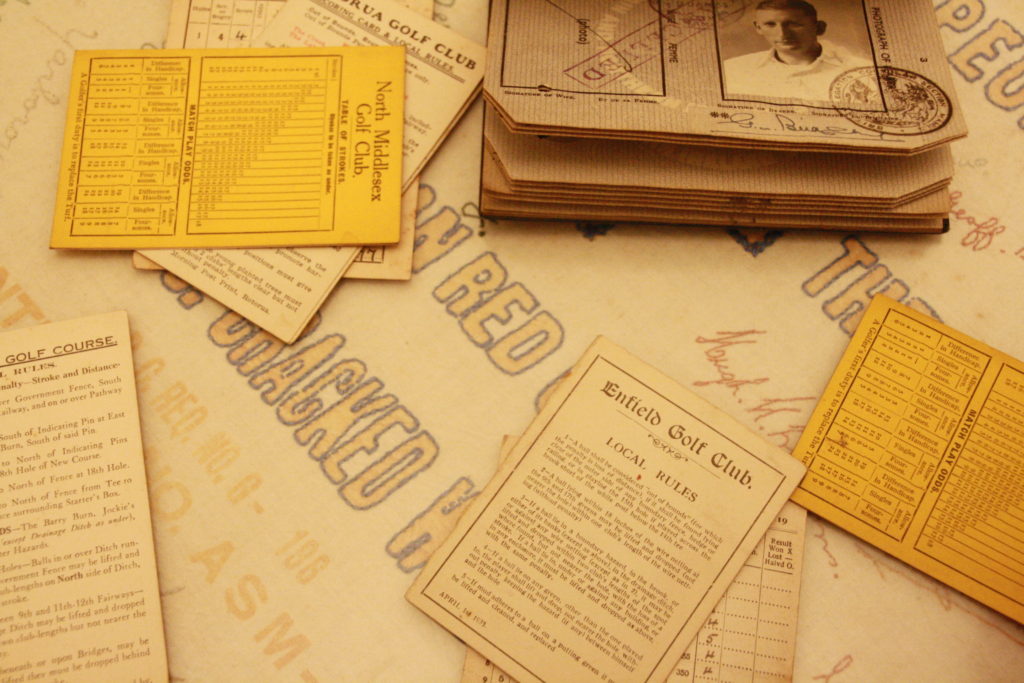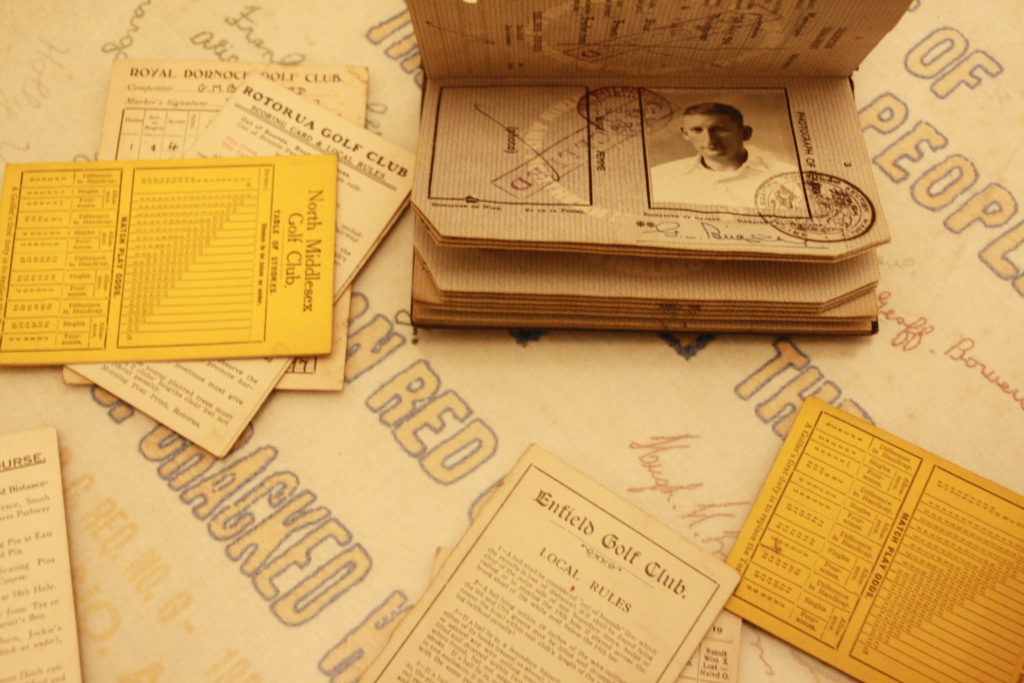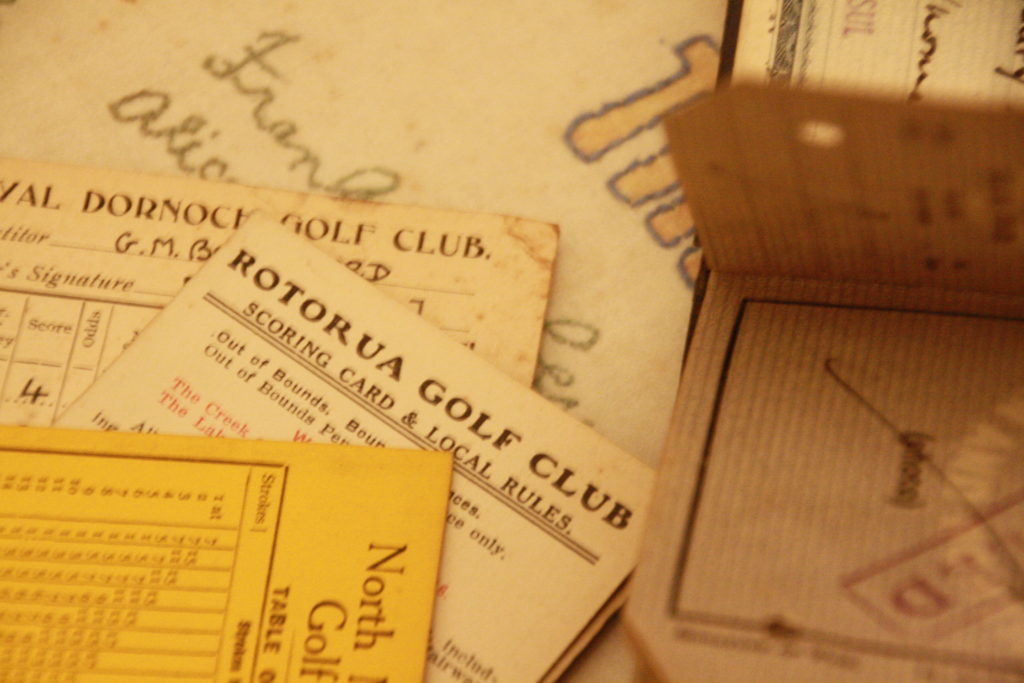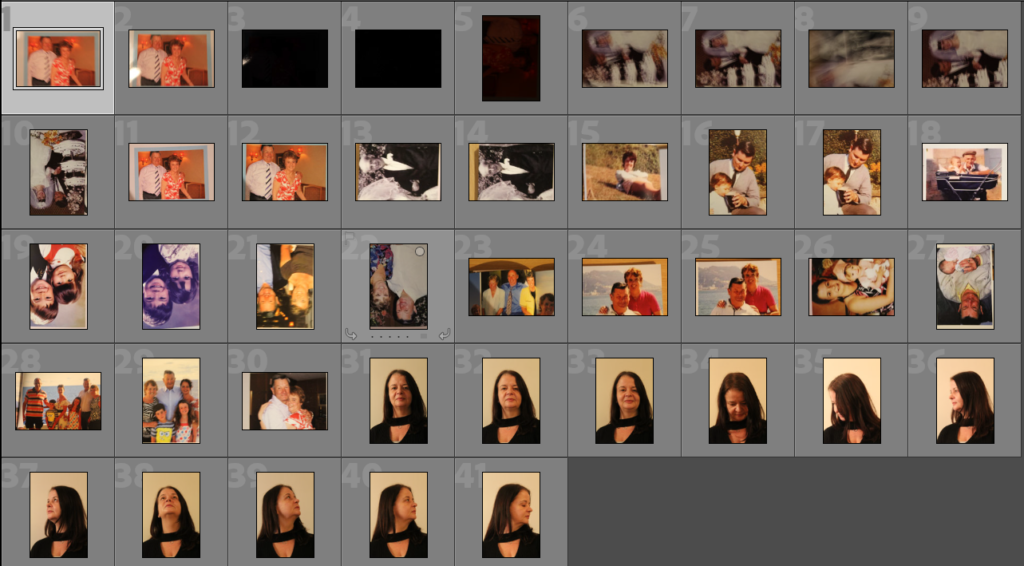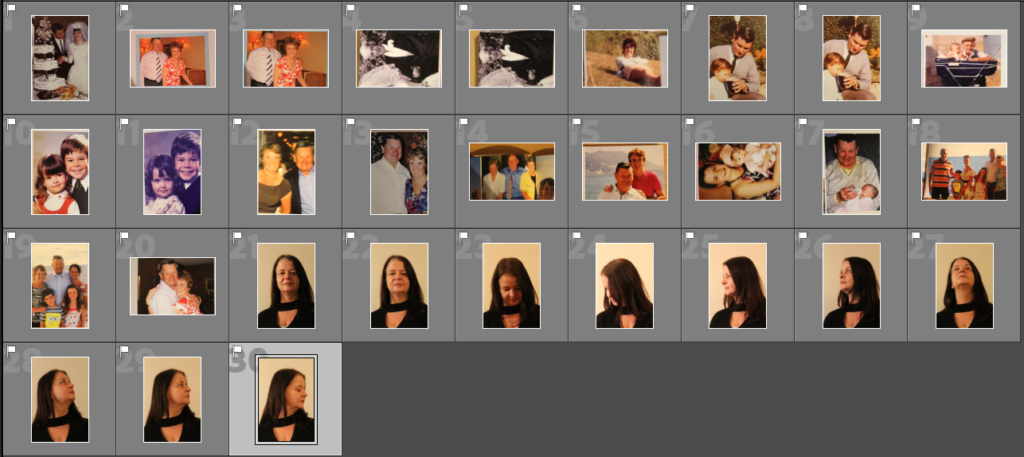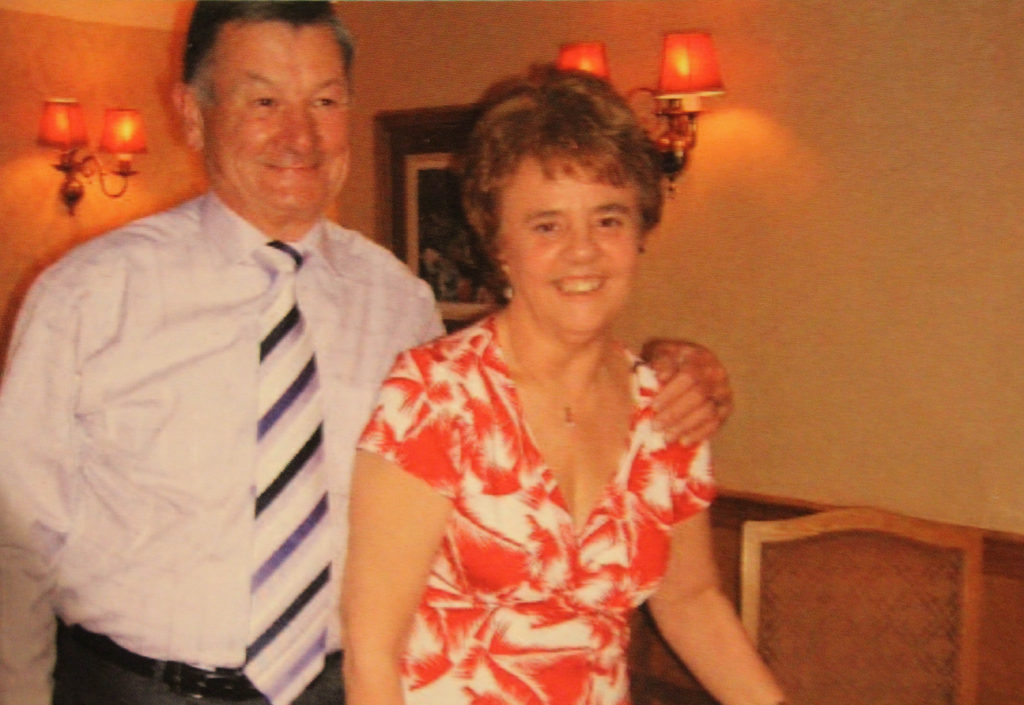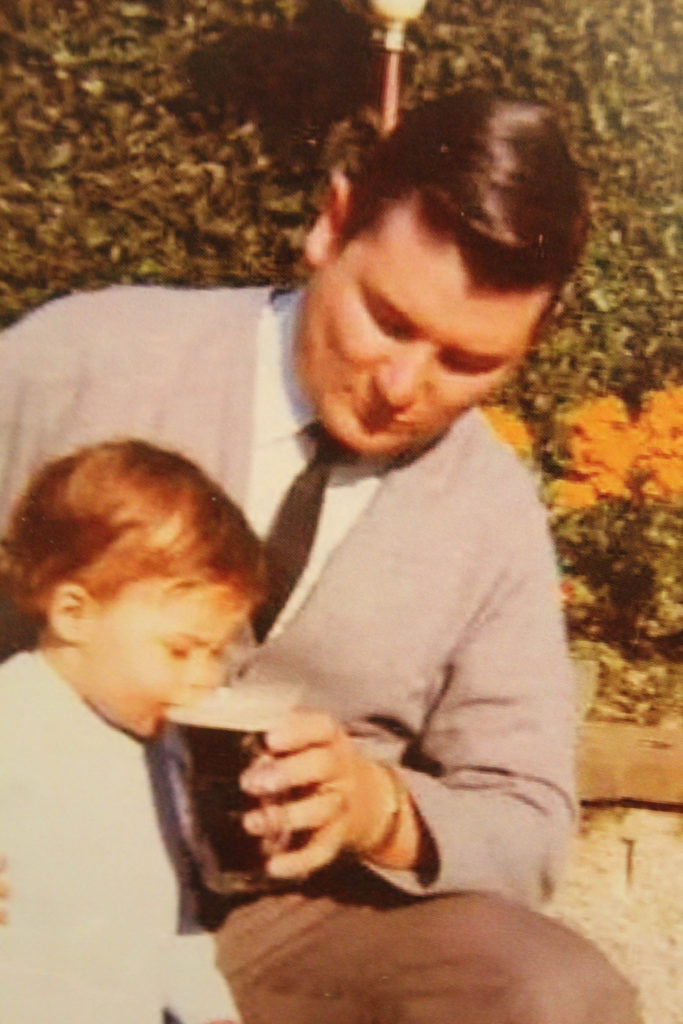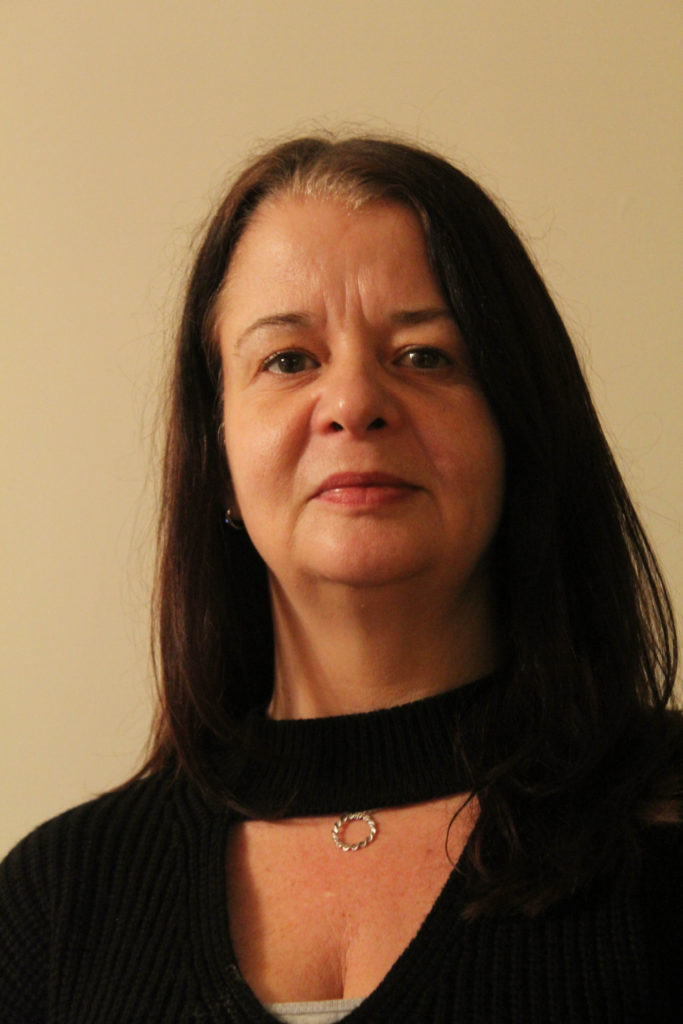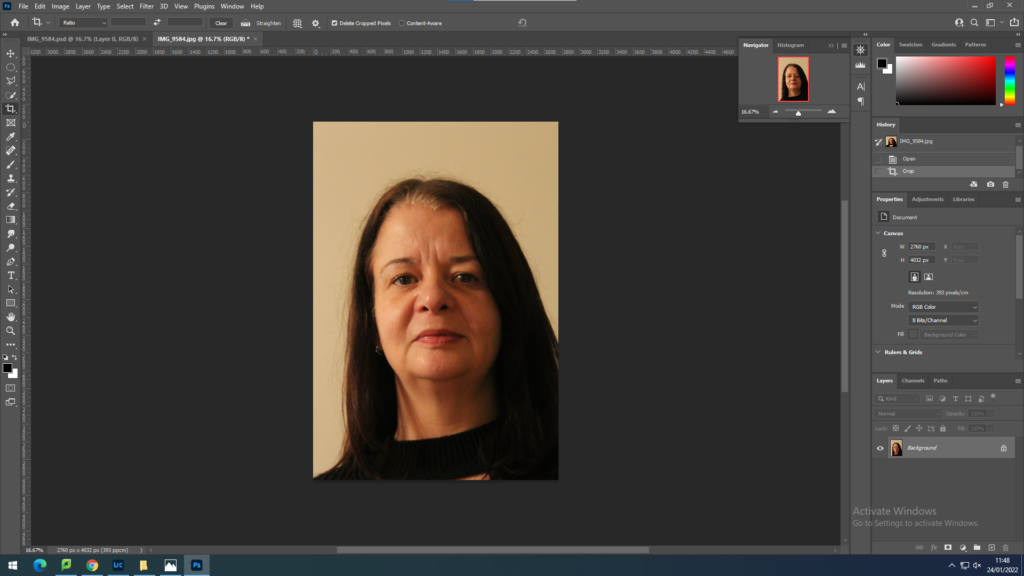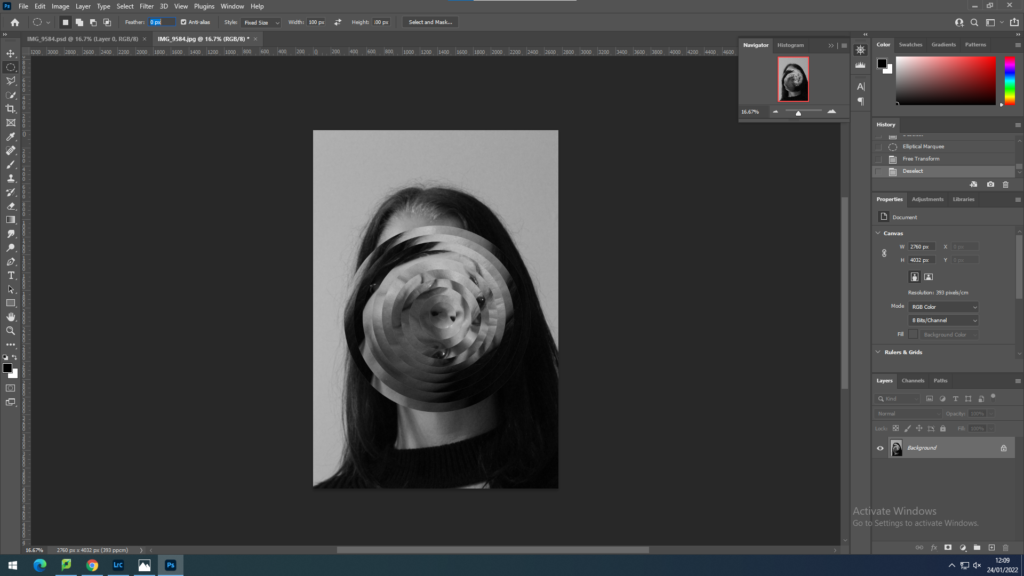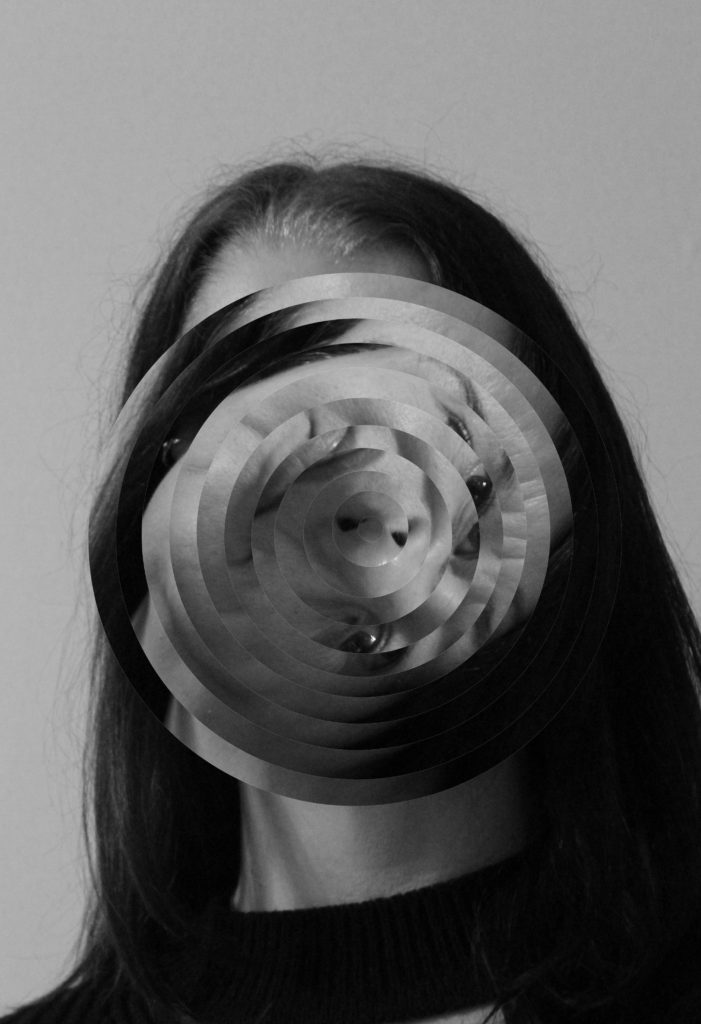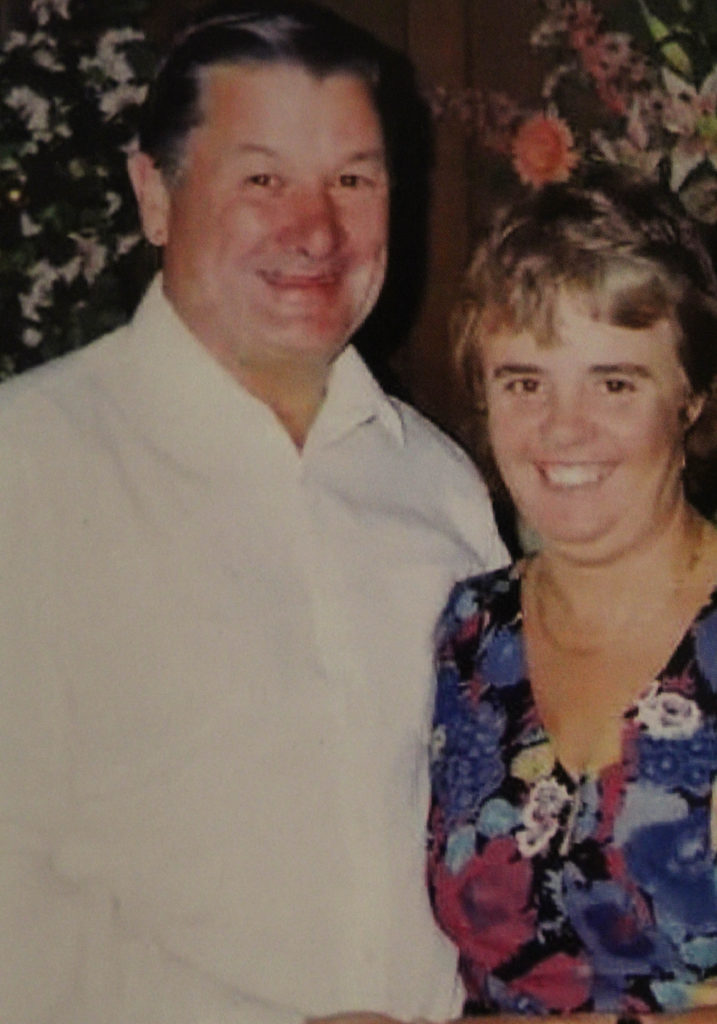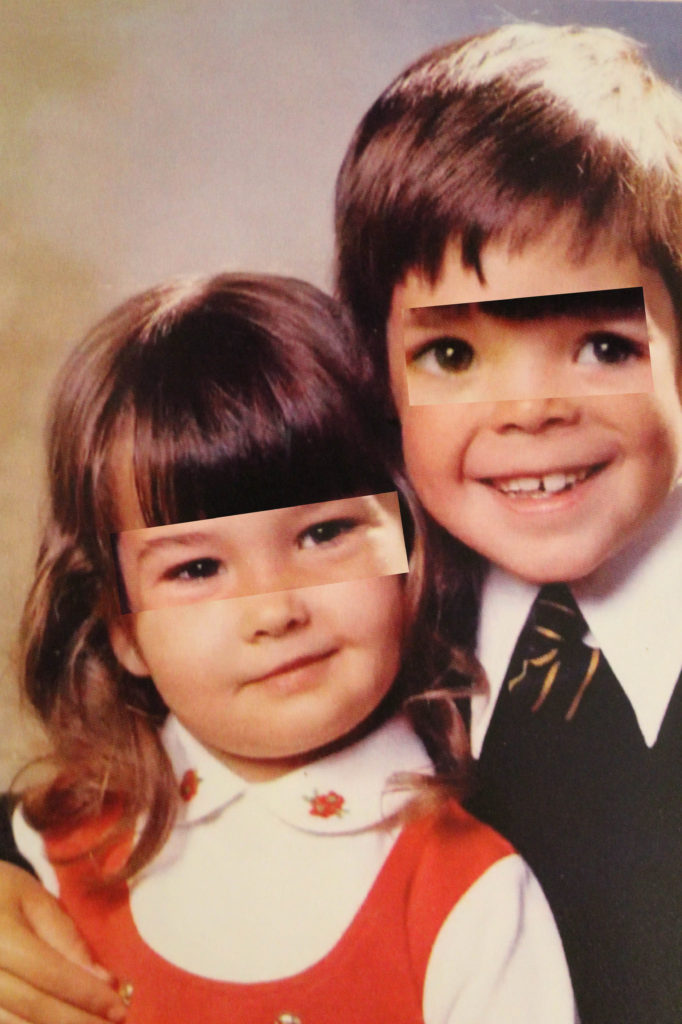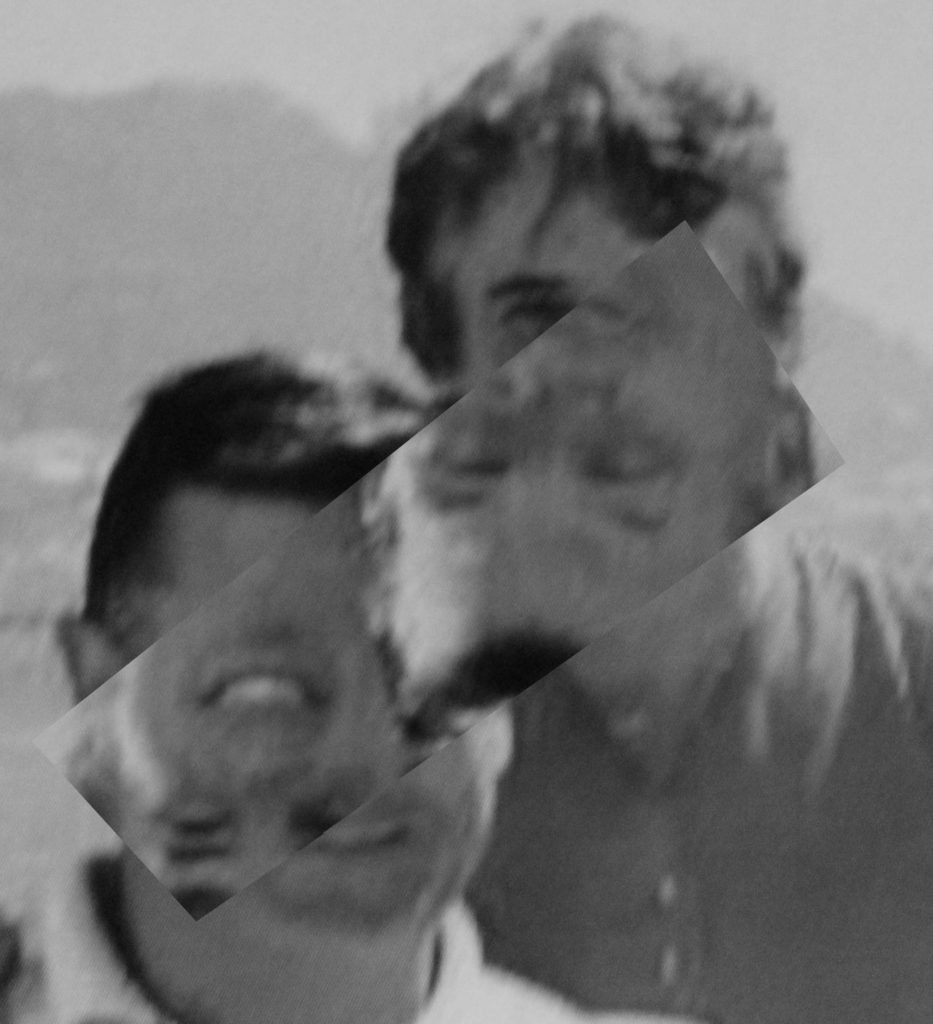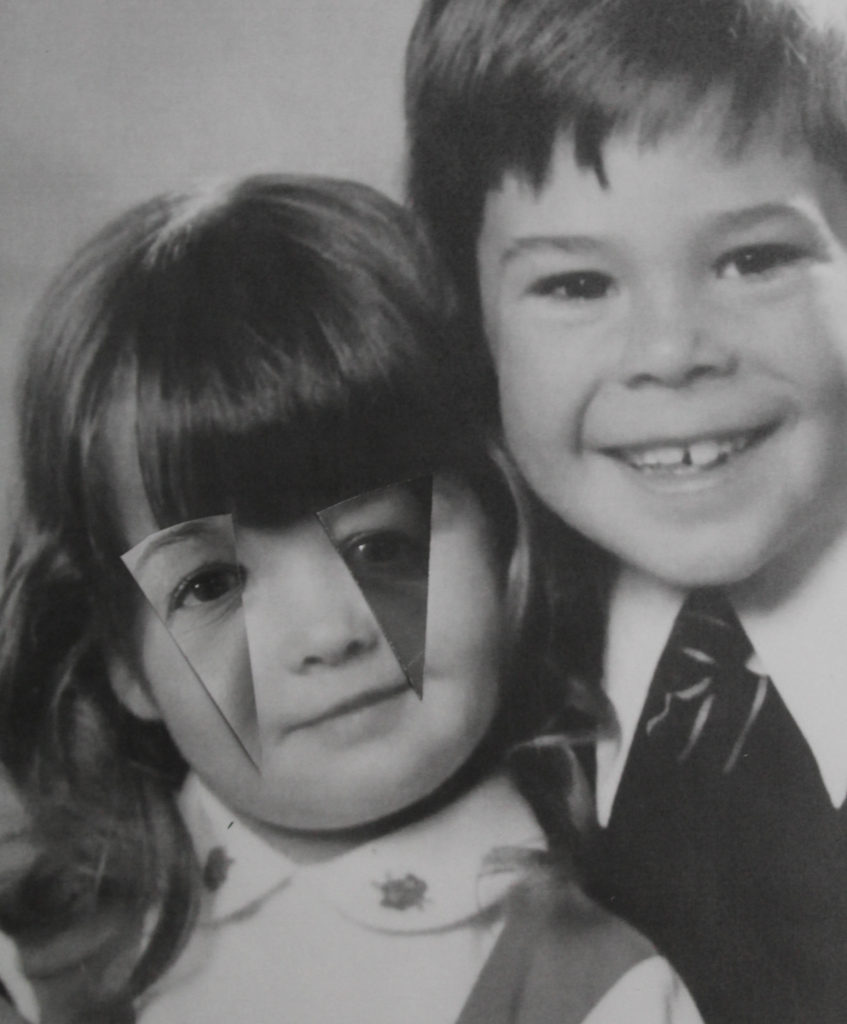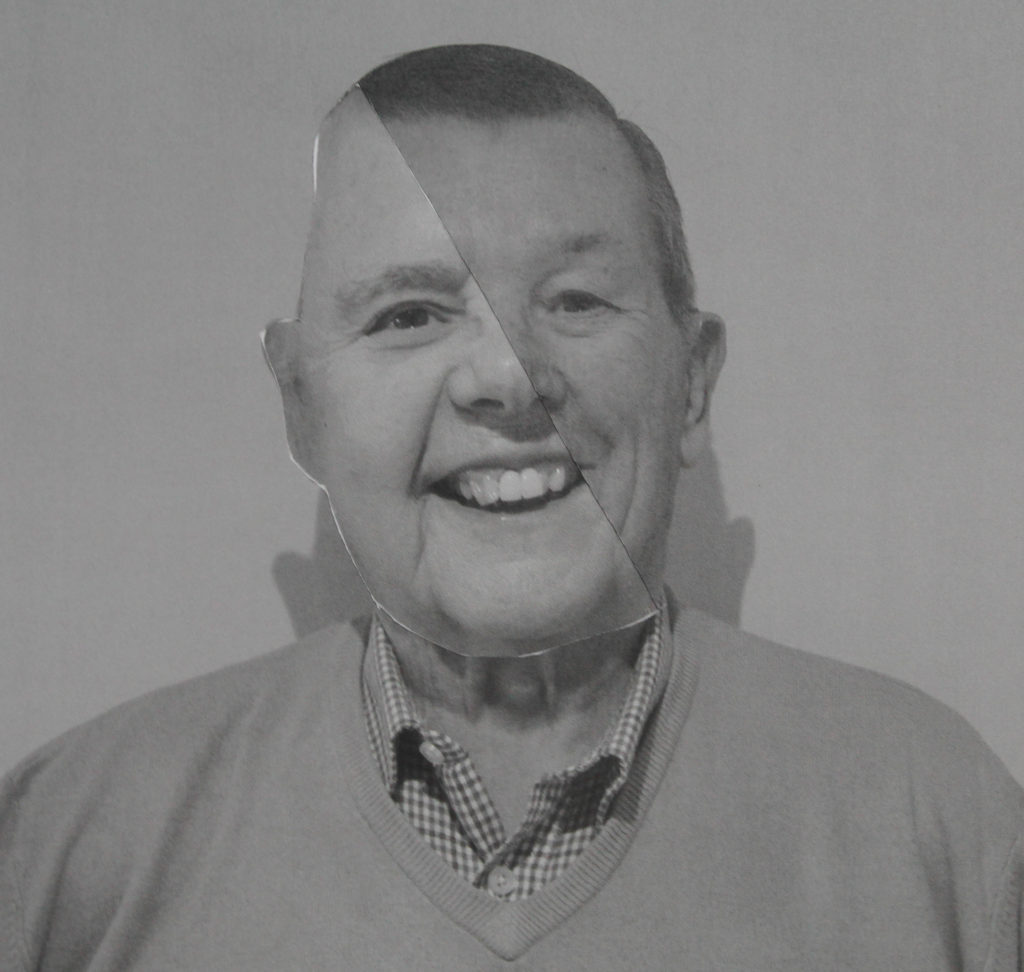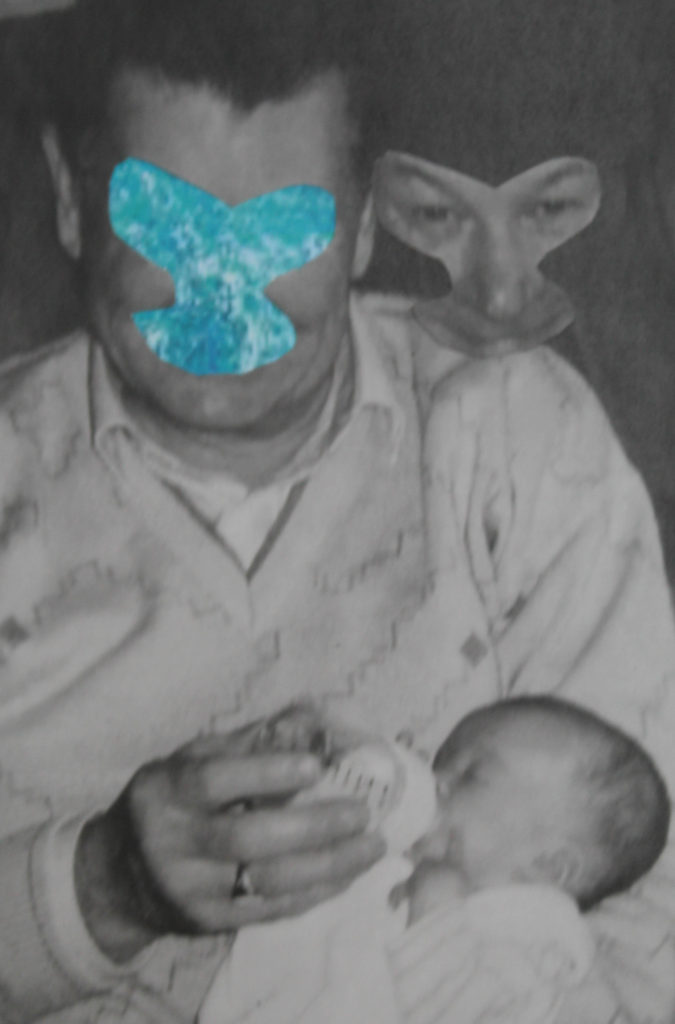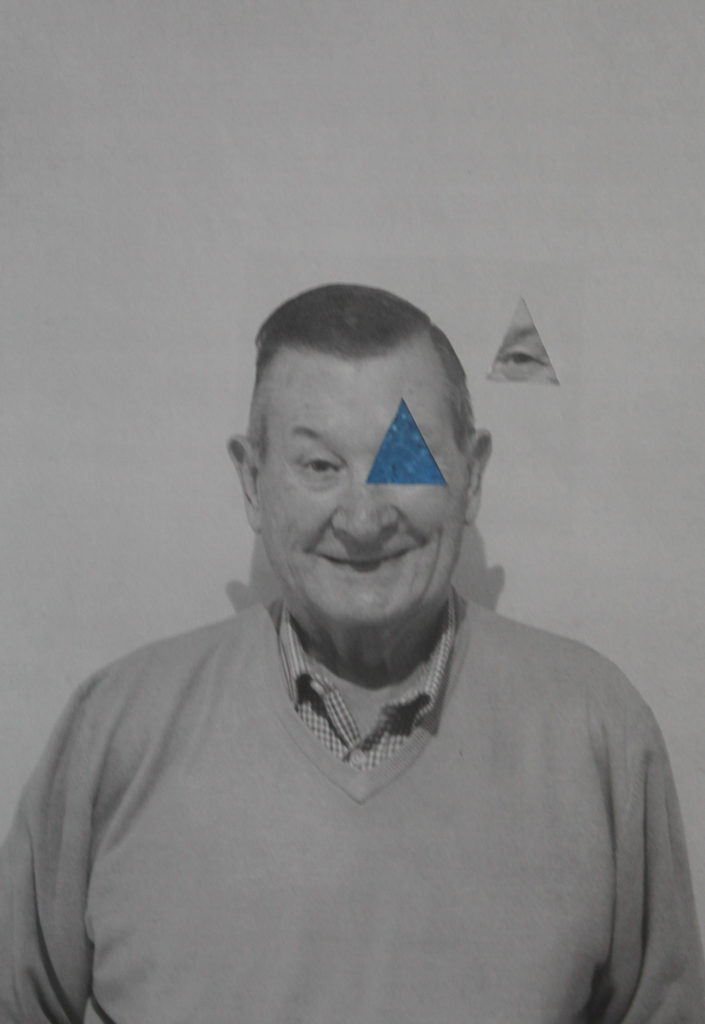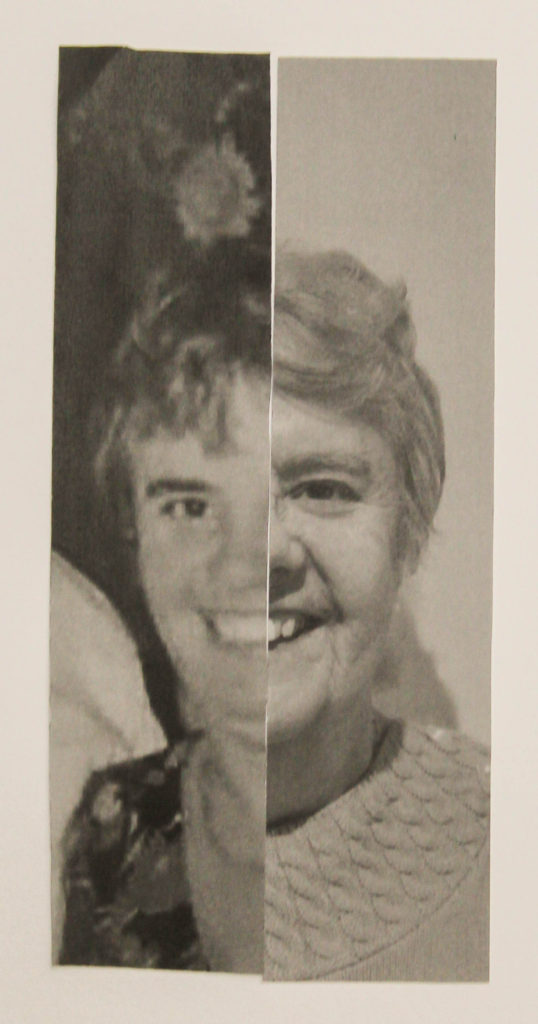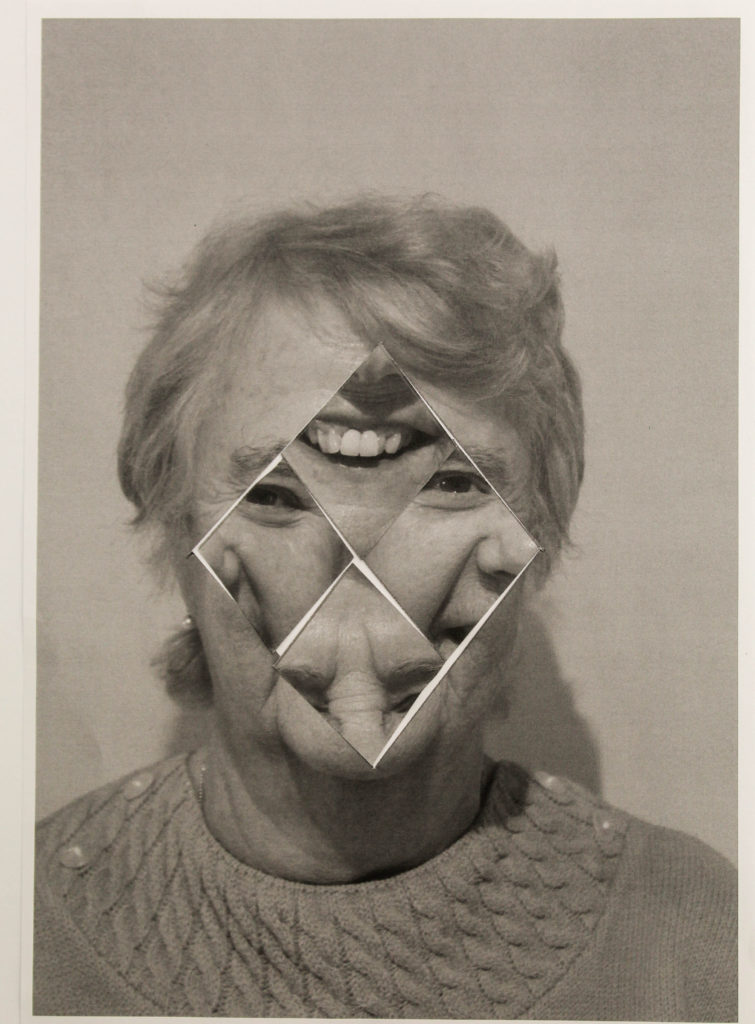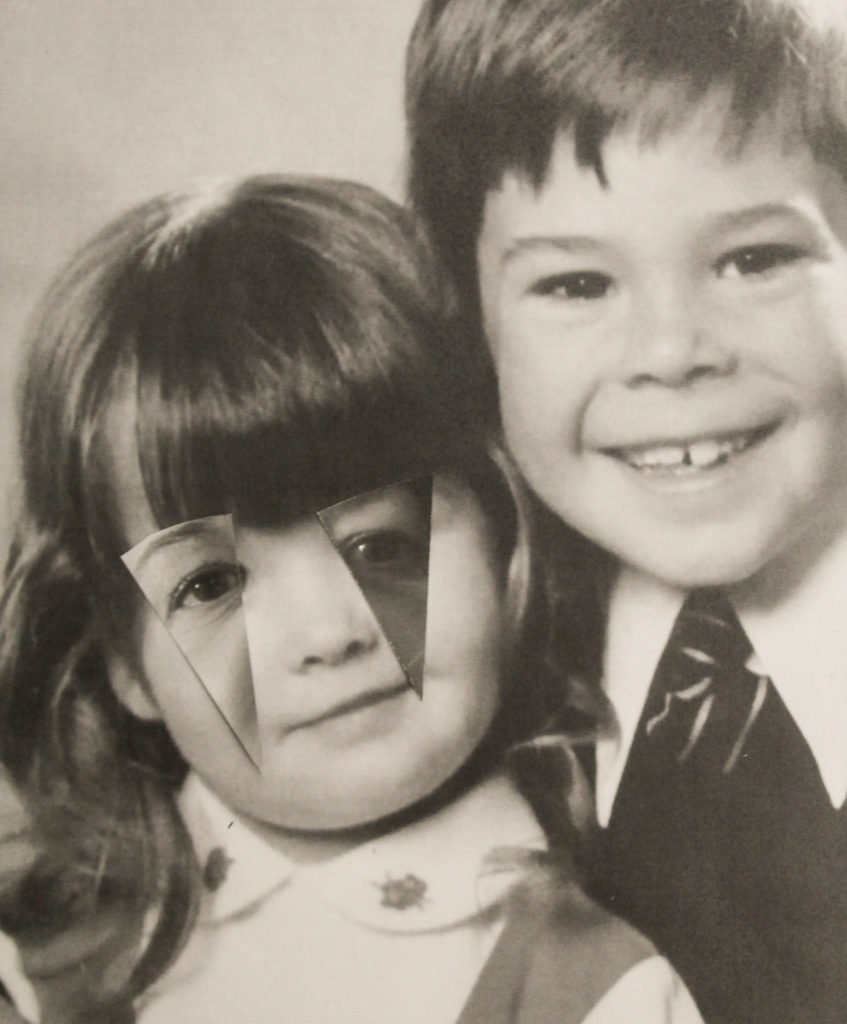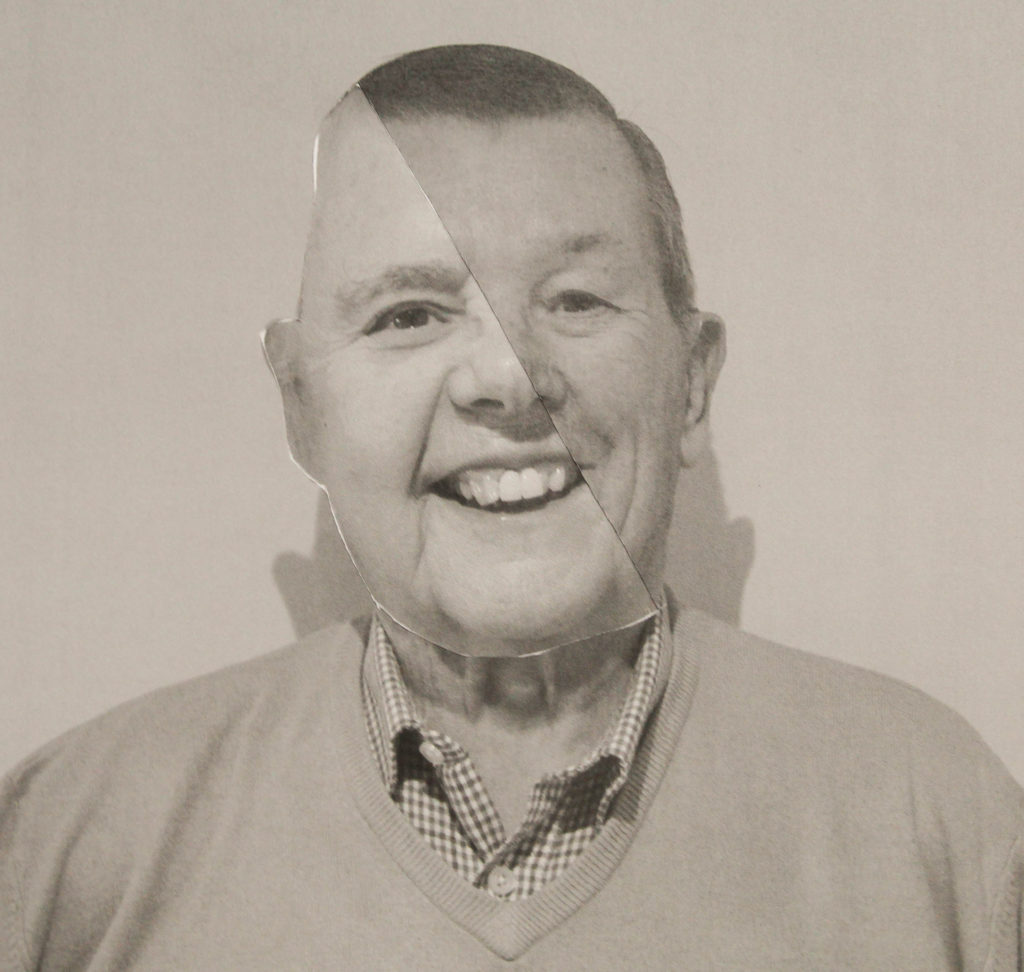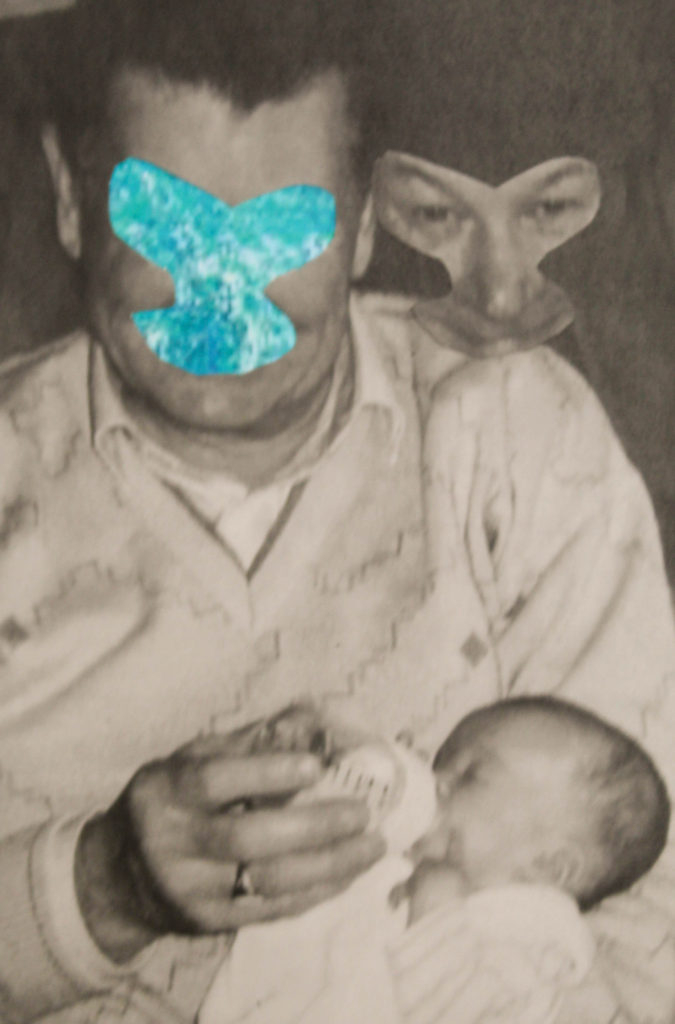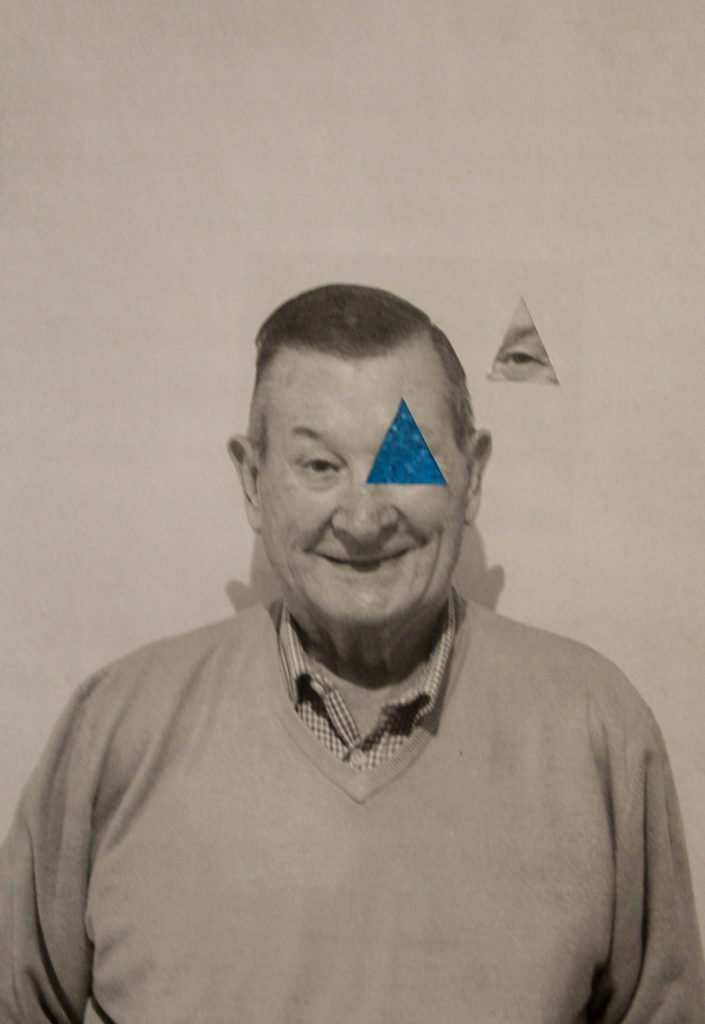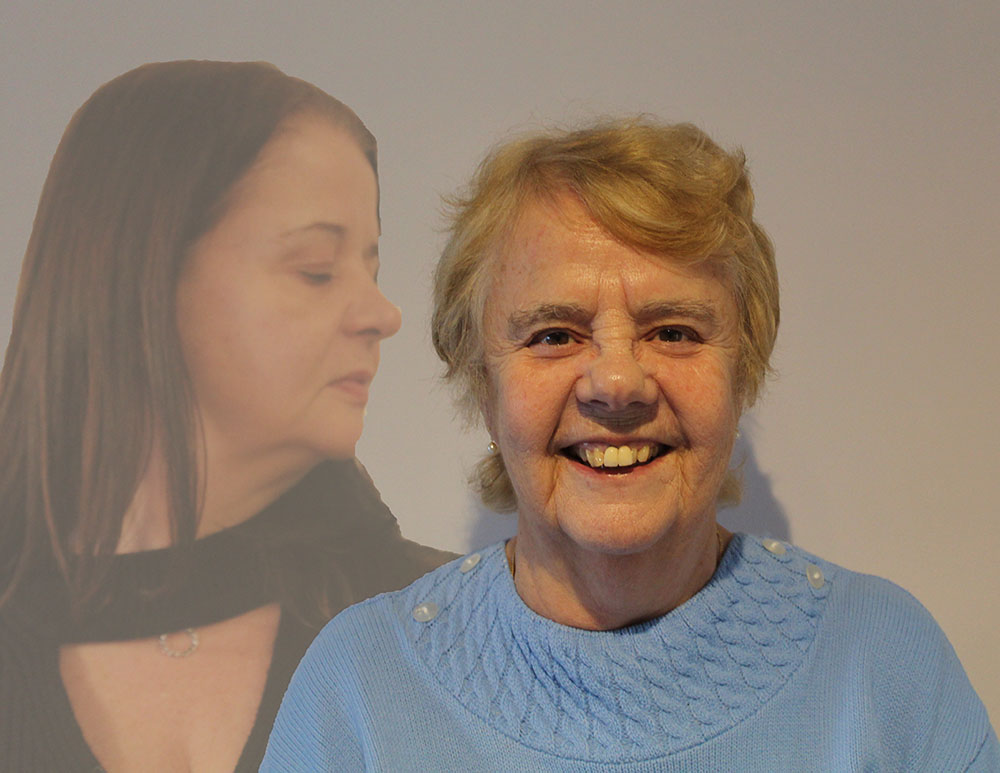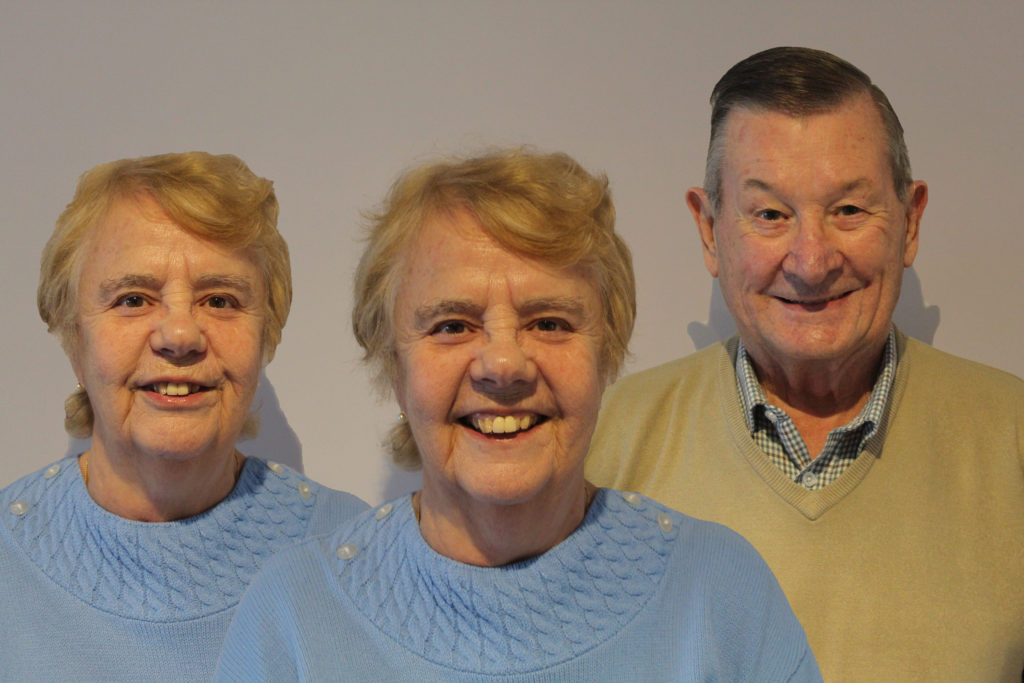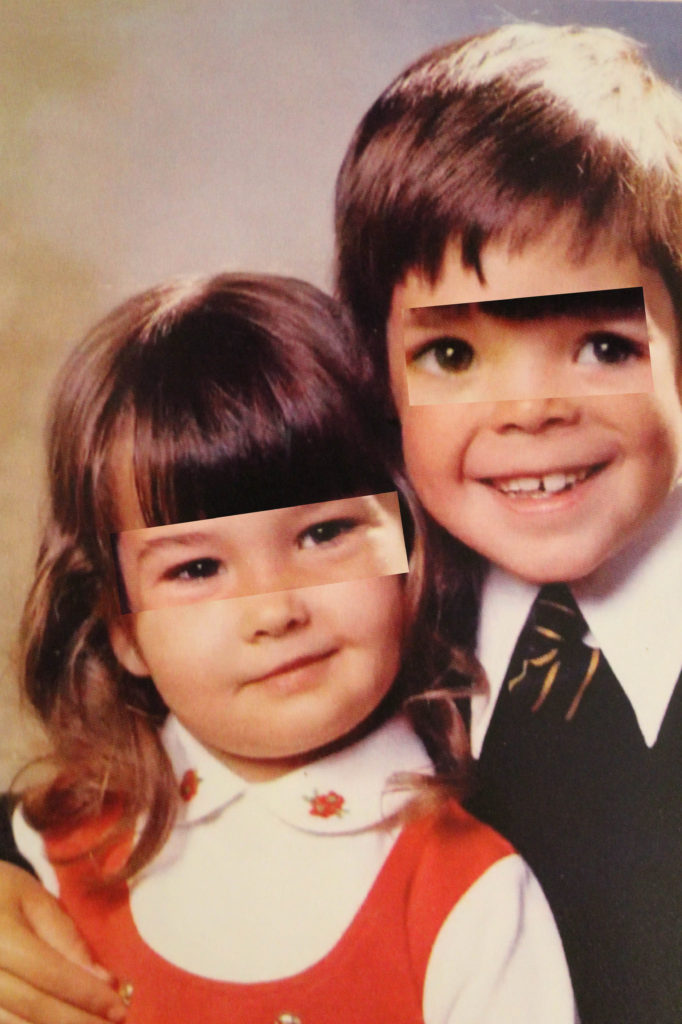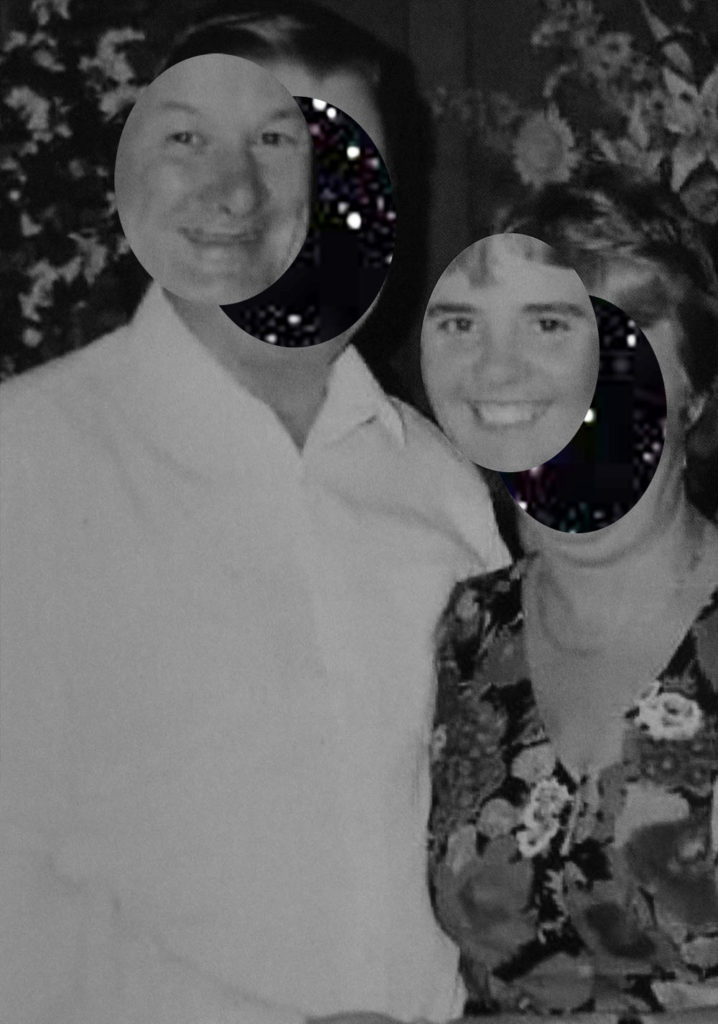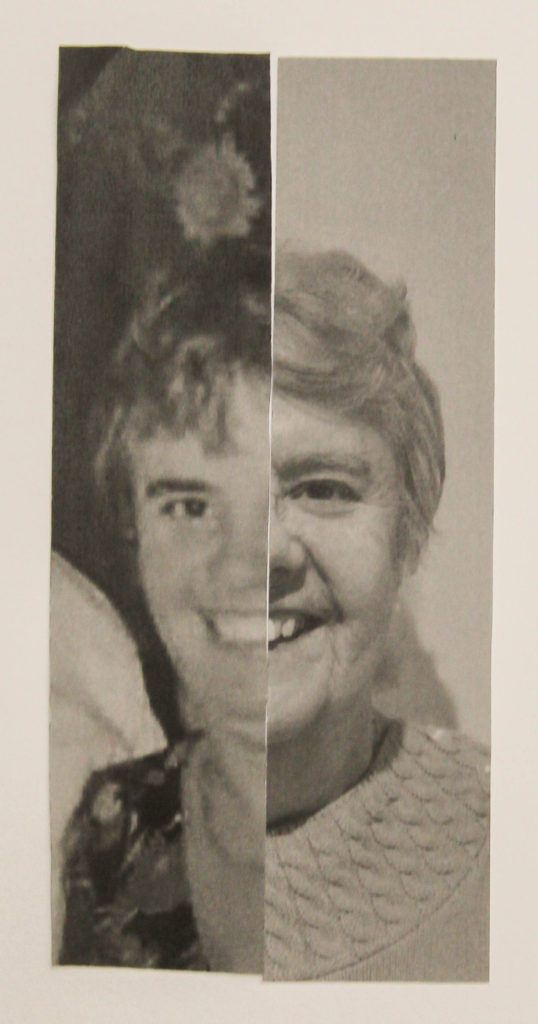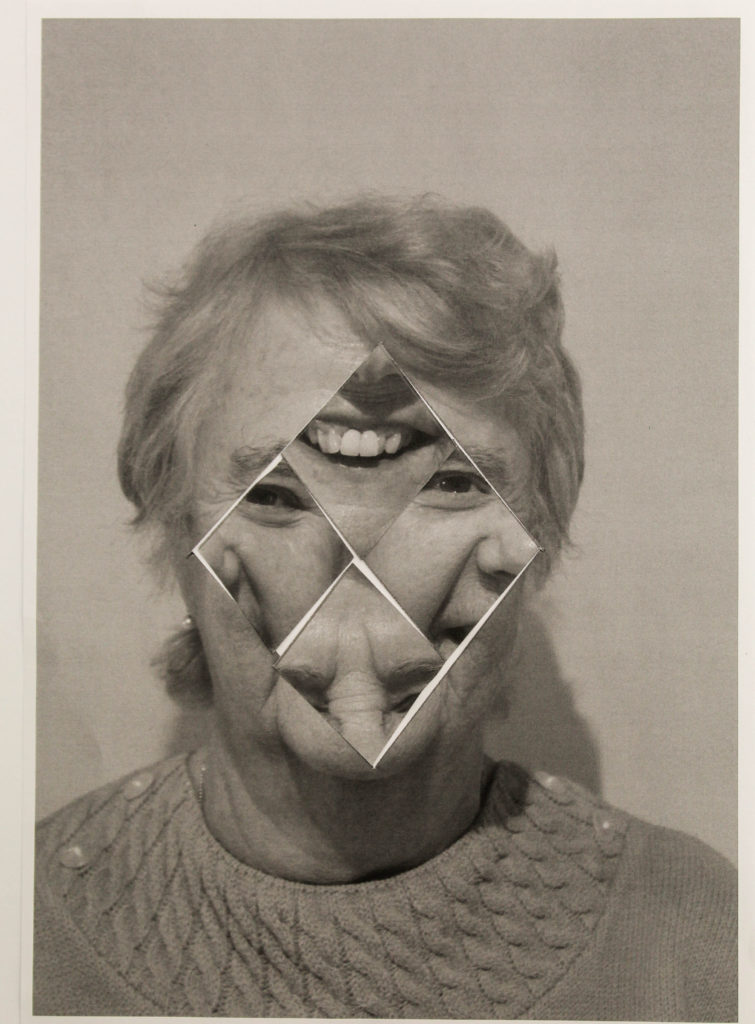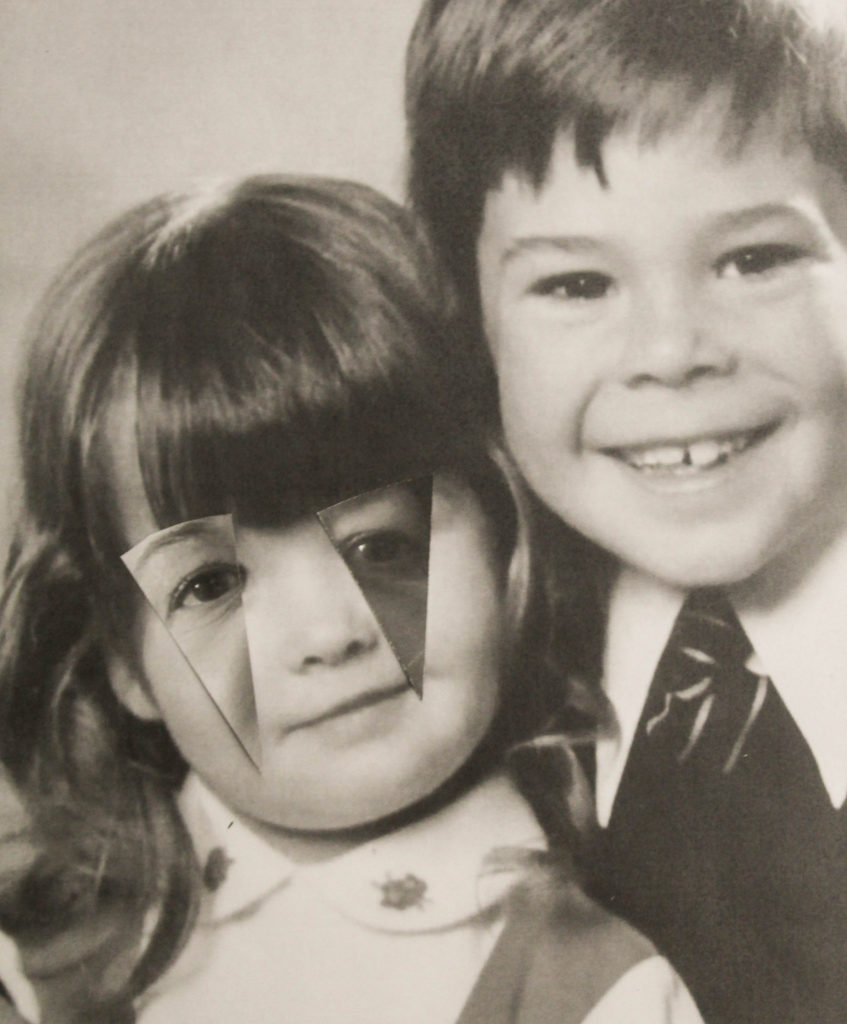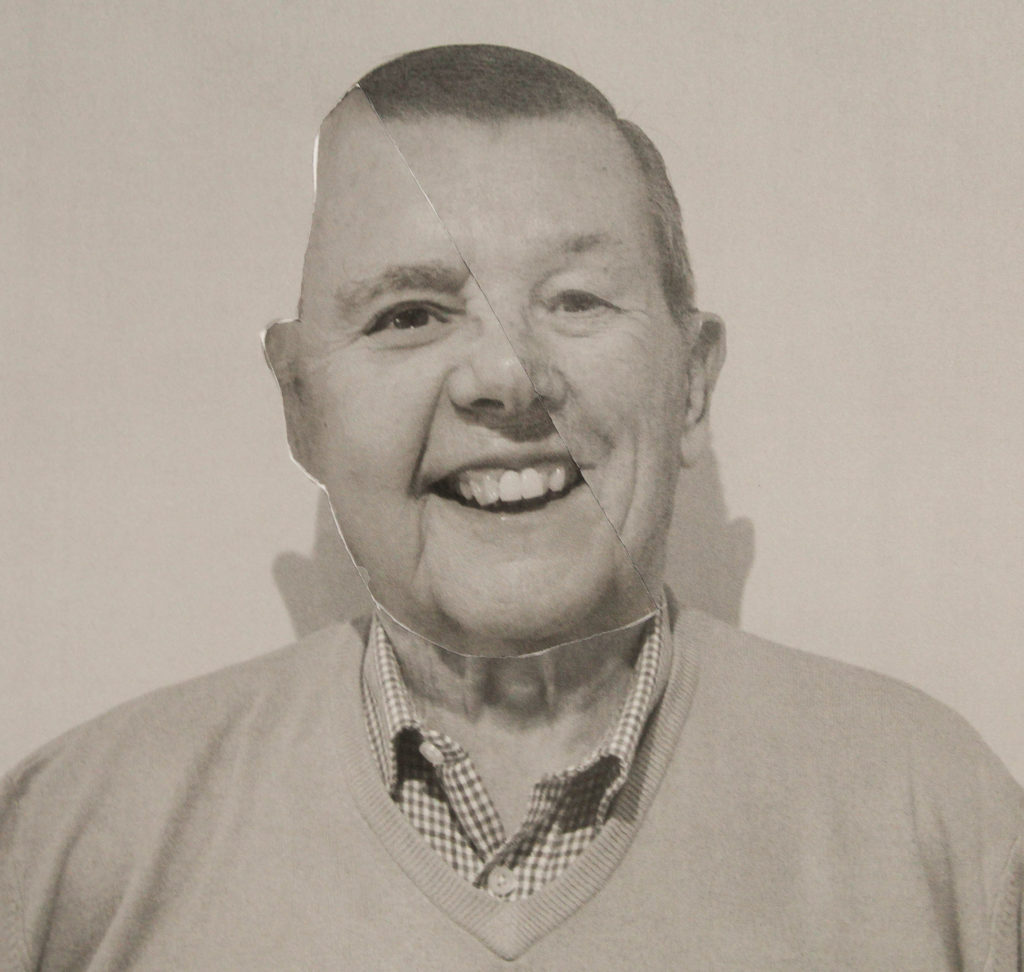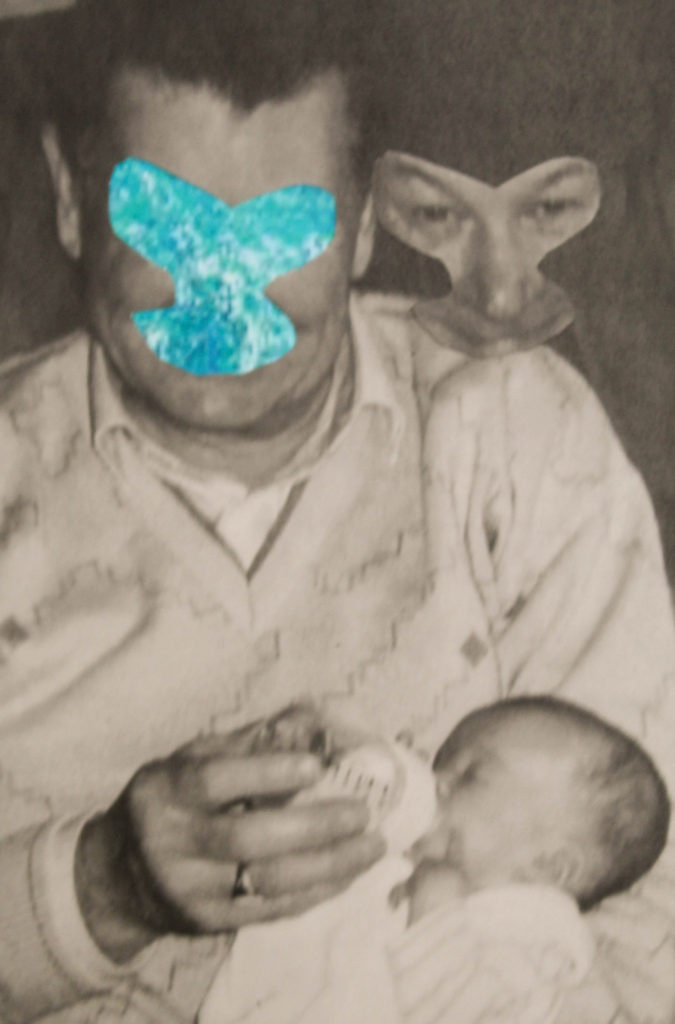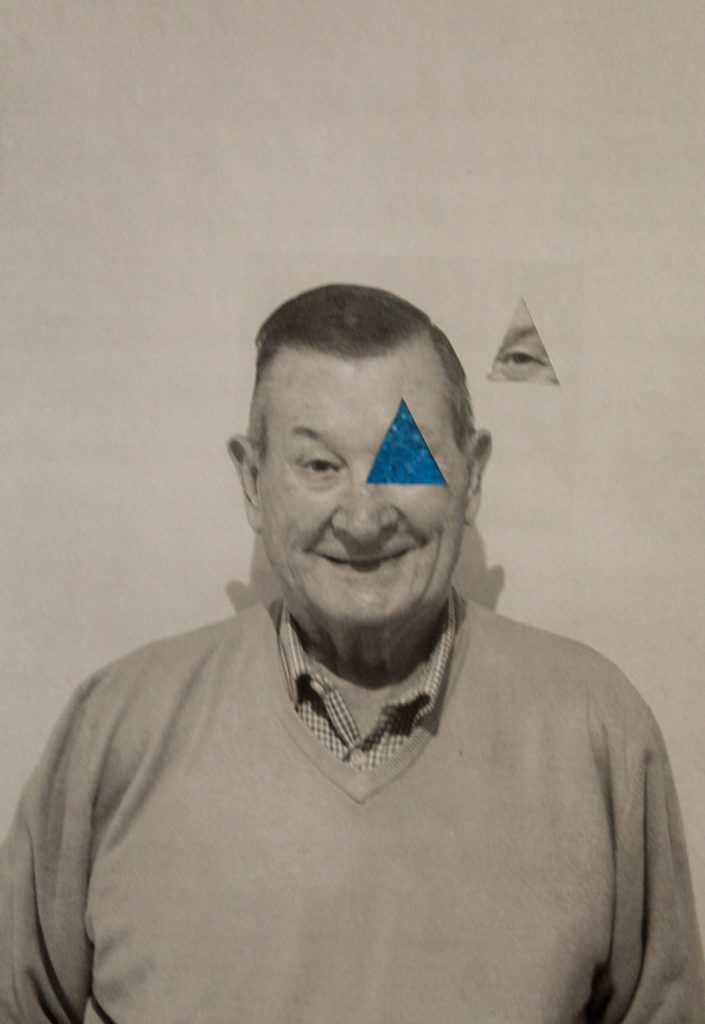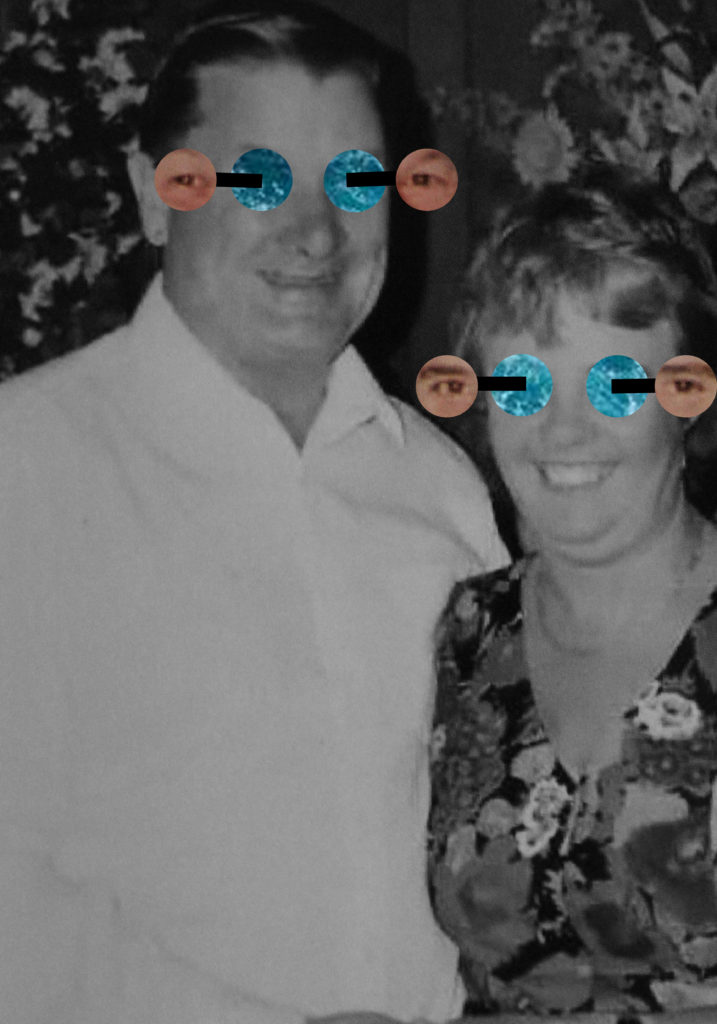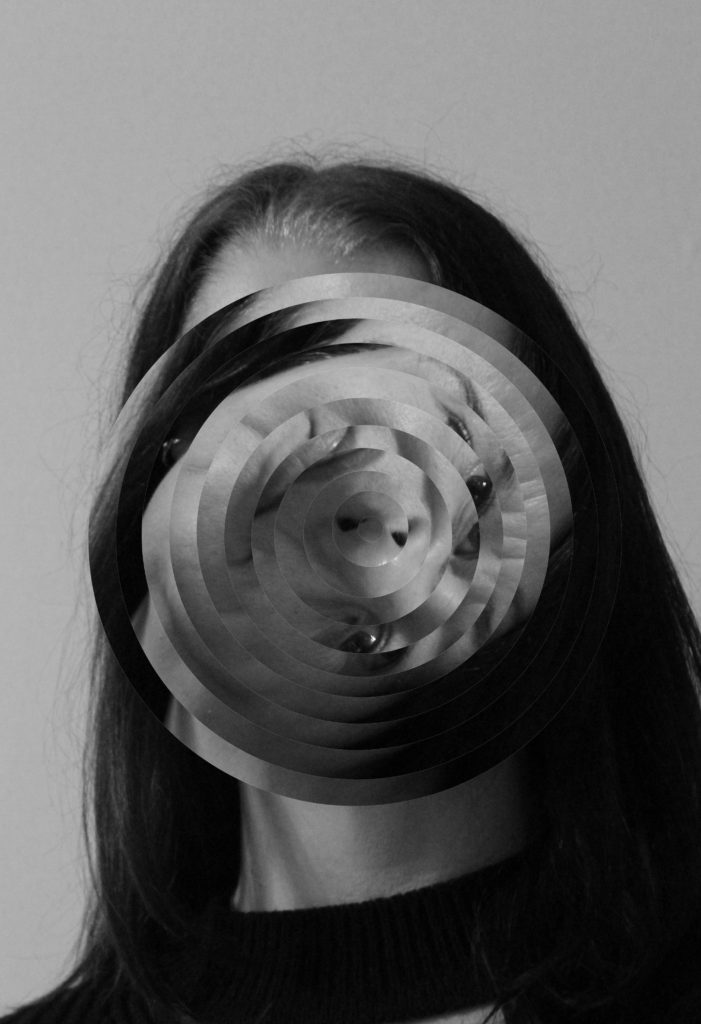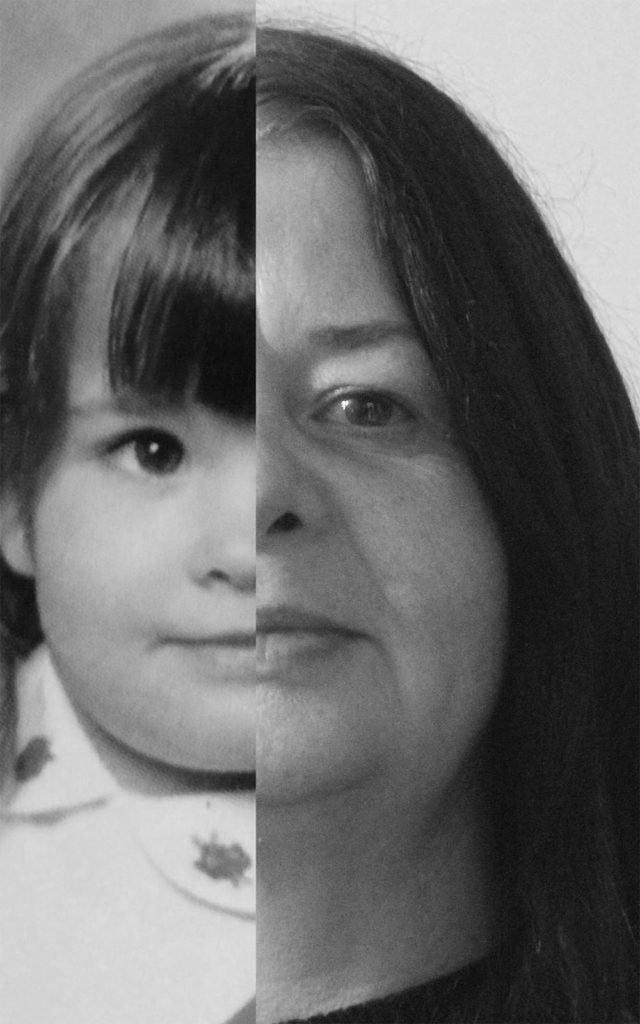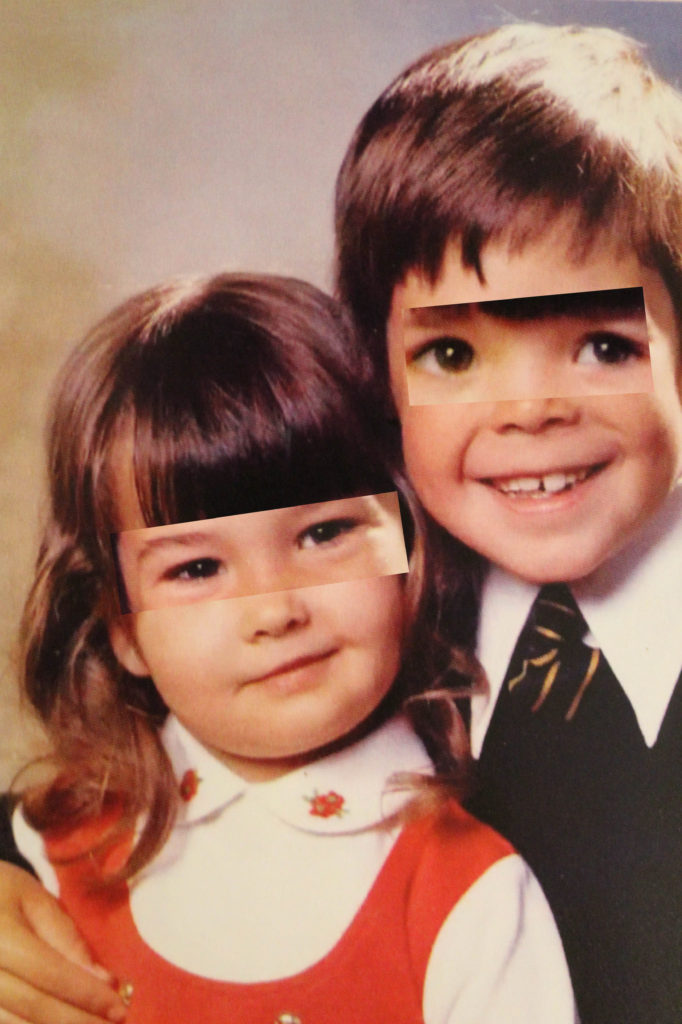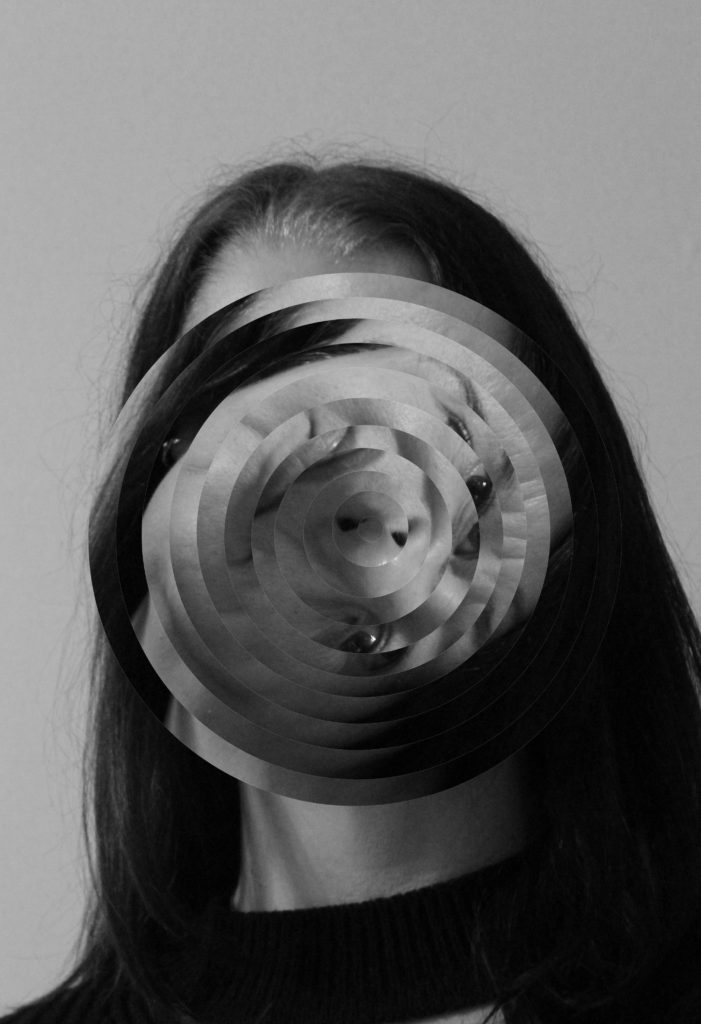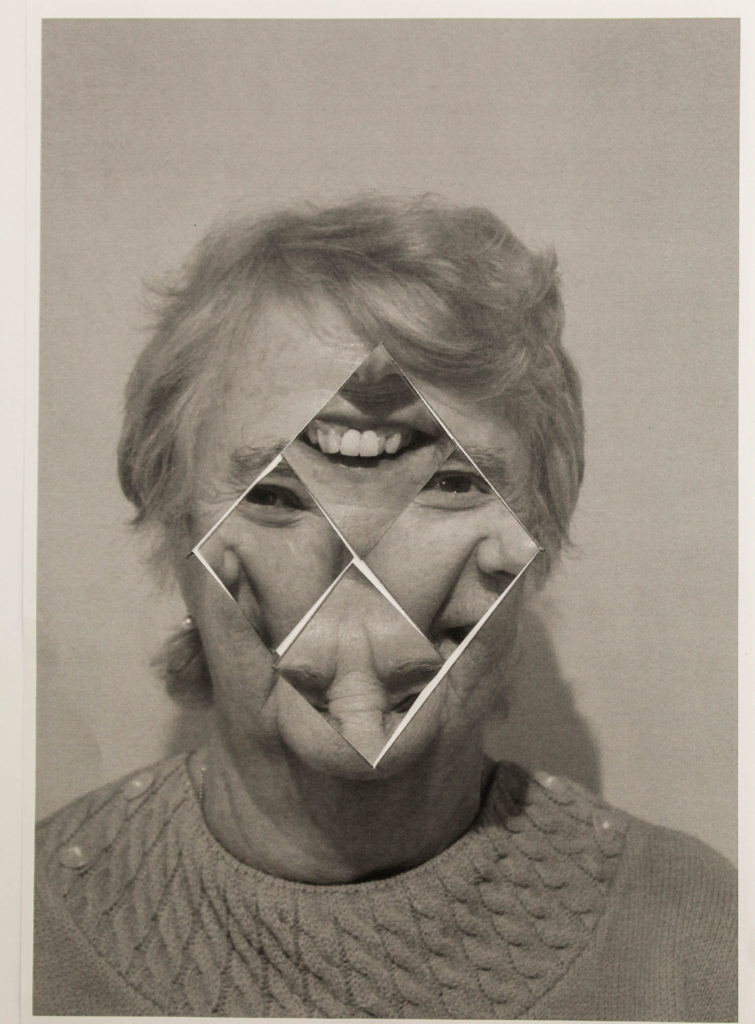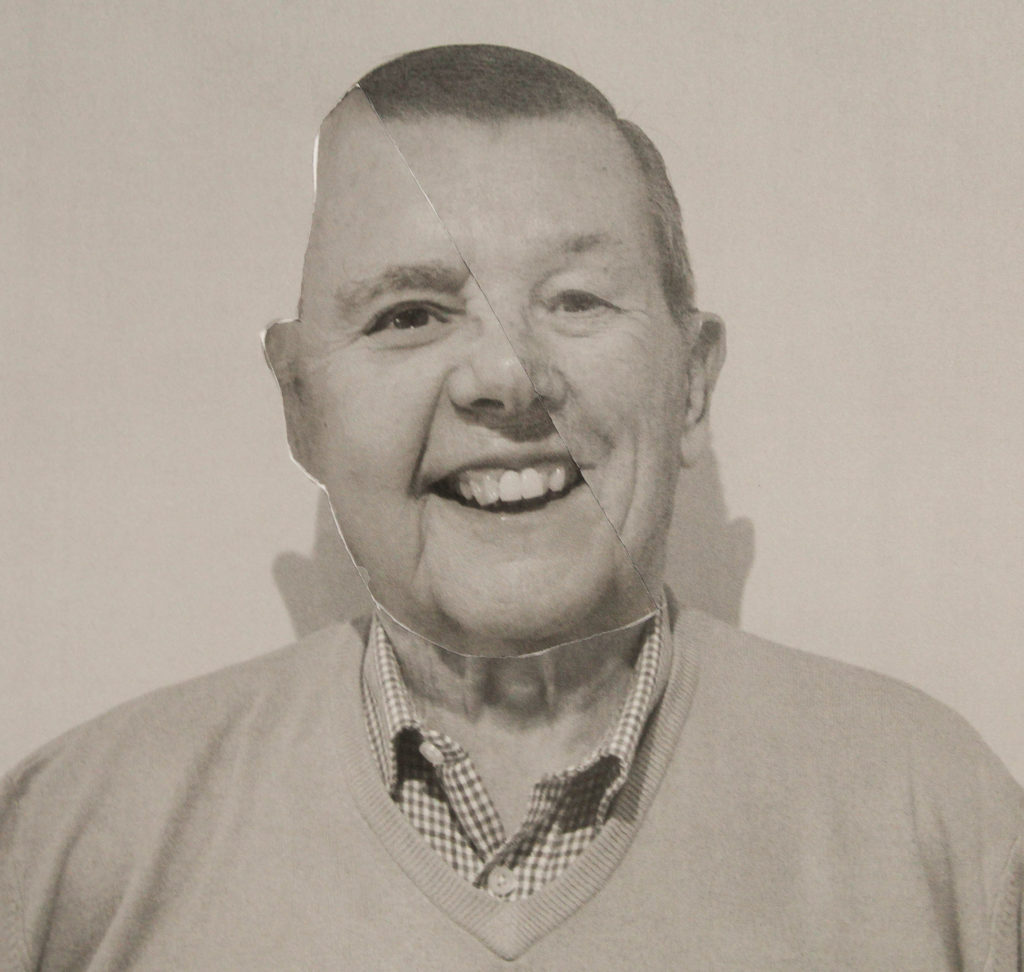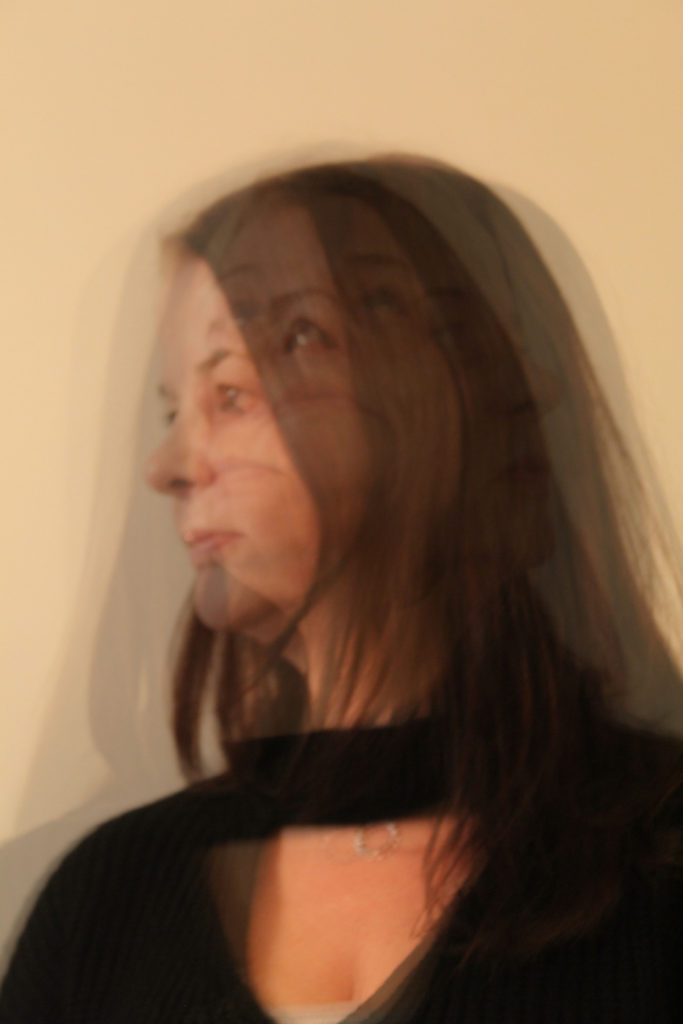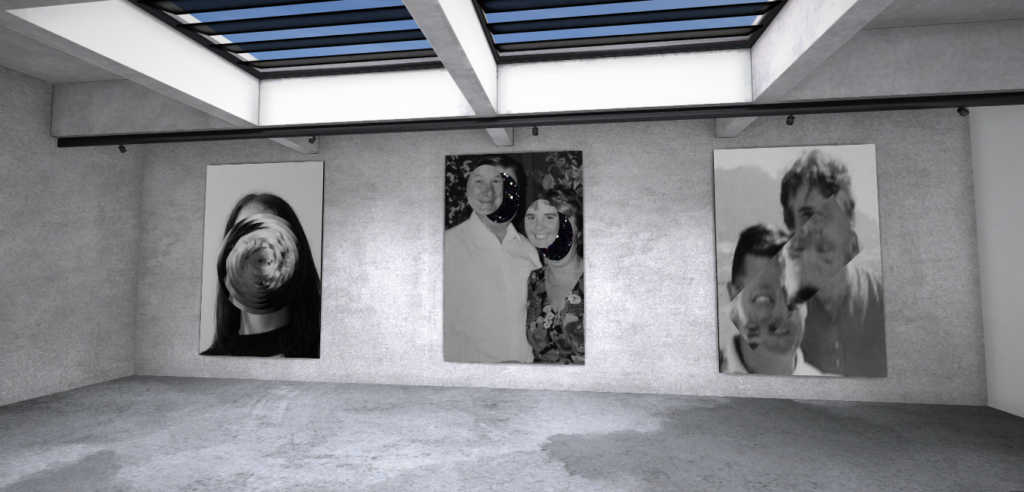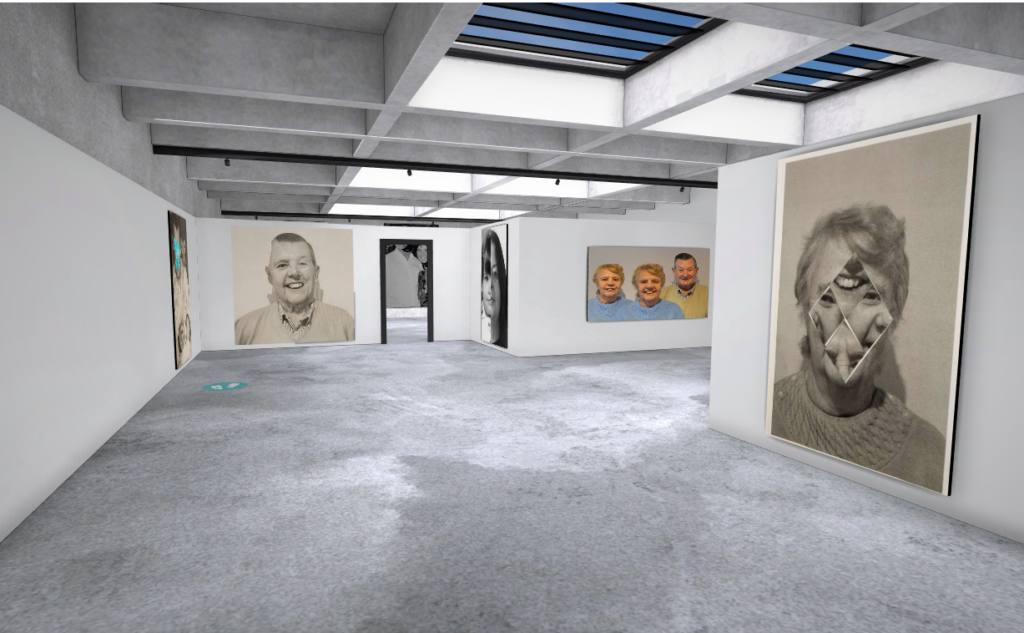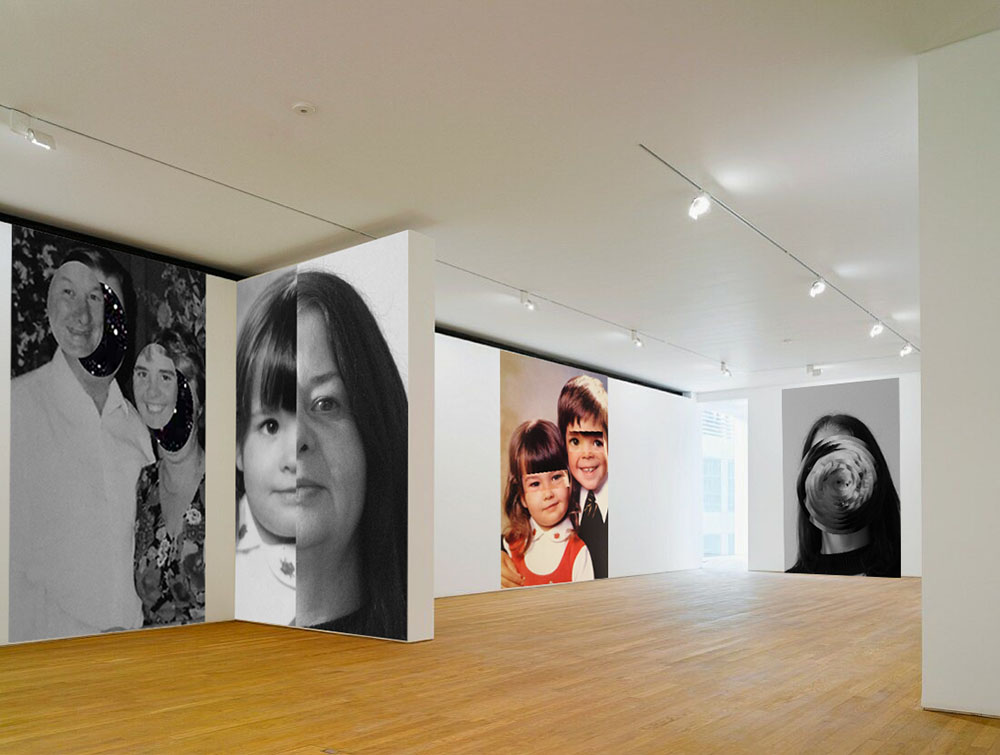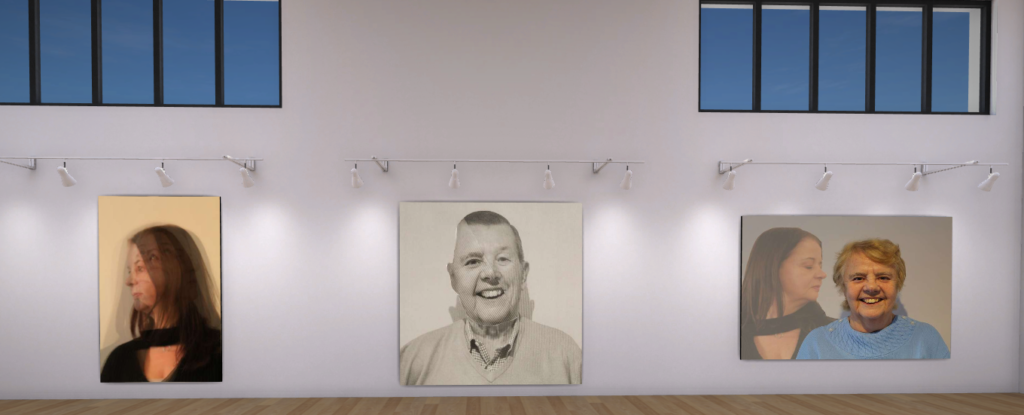Artist Choices
I think that choosing both my artists was the right idea overall, but I think some things could be improved overall.
Joachim Schmid – artist comparison
Overall, I’m glad I chose Joachim Schmid as my artist to base my final experiments and outcomes on. I think in some experiments, like the one below, my work does look extremely similar to his, through my use of cropping and pasting of my archival images.
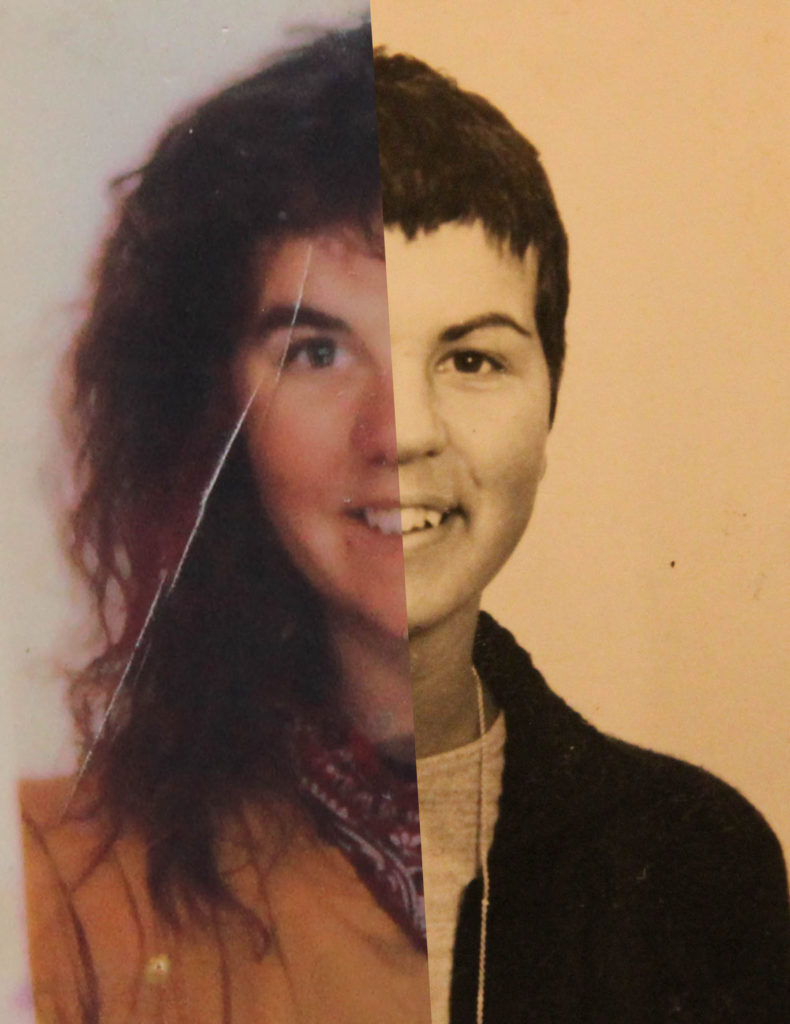
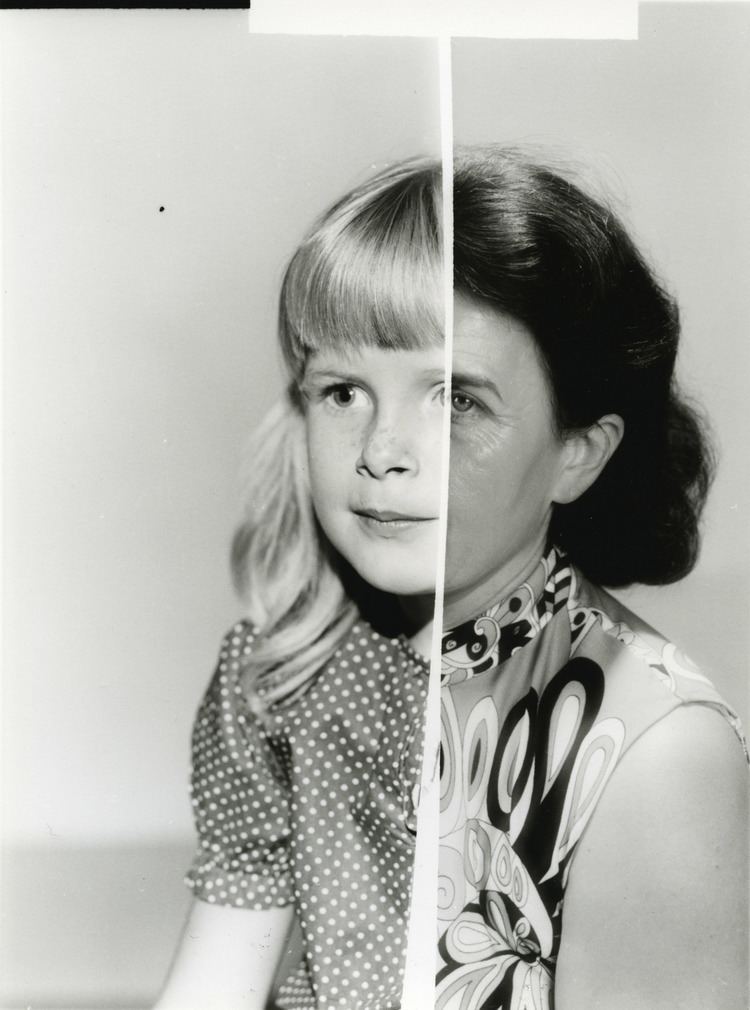
Reflection
However, in a lot of my other outcomes, I found this approach a little bit limiting. I would start an experiment like Joachim’s but then continue to develop and branch out more into the idea of photomontage, a style which I’ve previously used and knew I liked, featuring artists like John Stezaker. (see an example of this in my work below) But, even with my development further than Joachim Schmid’s work, I am still glad I chose him as my artist – I liked that I had something to base my ideas off that I could then develop from further. Because of all of this, if I was to do this project again, I would maybe choose an artist who focuses on photomontage as well, like John Stezaker for example, who I could have done some more research into.
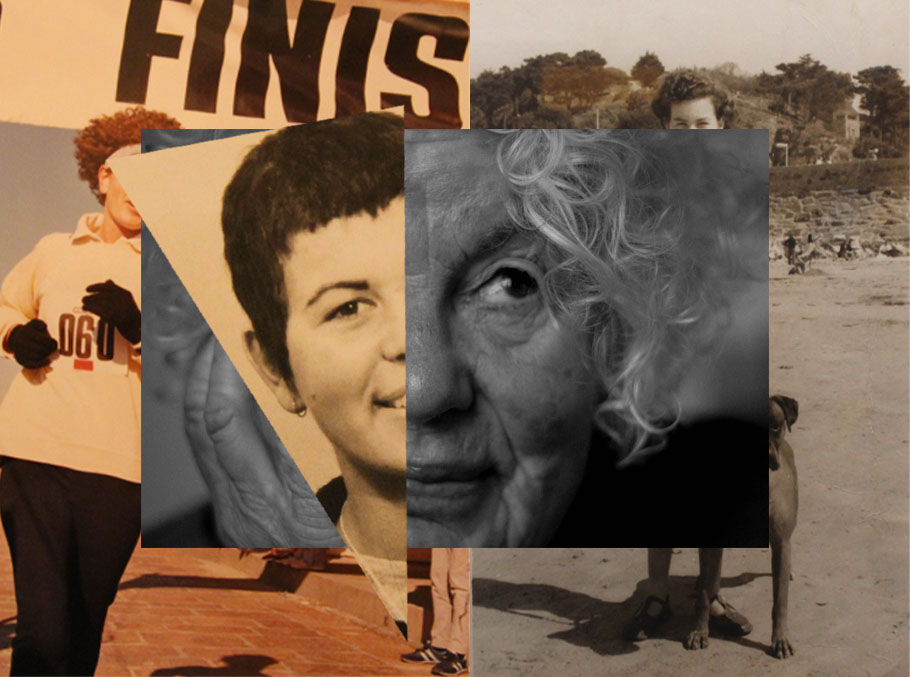
Bill Brandt
I’m also glad I chose Bill Brandt as my artist to base my initial edits on. I think that my images worked well with his style, especially with my abstract images. For example below, I think that the high contrast, black and white style really suits this image, and adds definition and emphasis to all features of the subject.
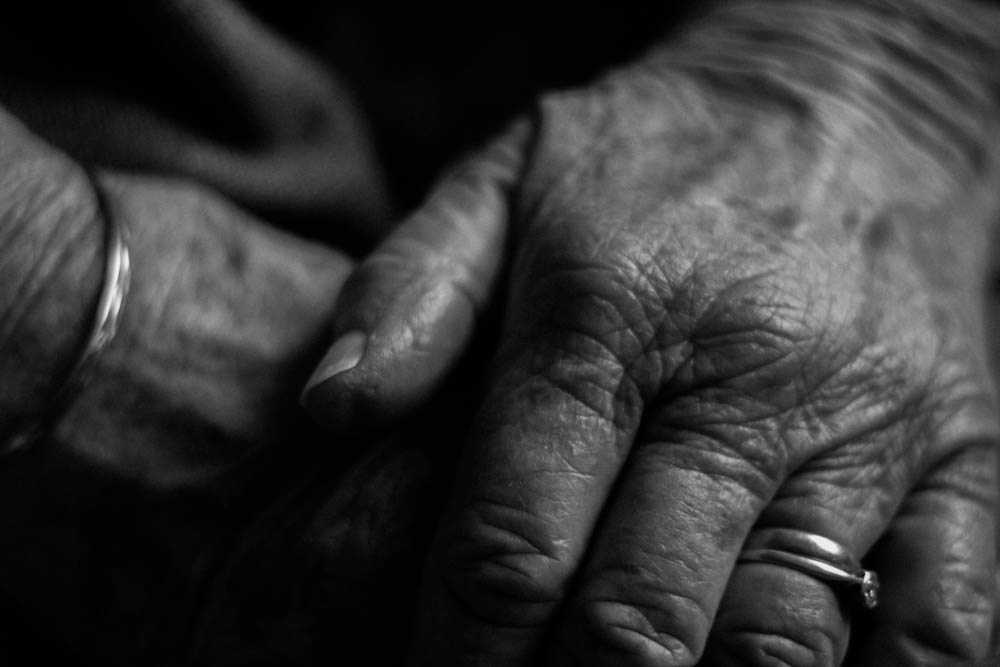
I think that my work does look similar to Bill’s work, but I think that in future, I could shoot in black and white or even use a film camera to achieve a more authentic looking effect. Overall though, I am pleased with my images compared to his – I think that my images, especially my abstract ones as above, carry the idea of concealed identity which he used in his images.

Experiments
Overall, my experiments in general I was quite happy with. I think that after looking at all of my photos from different photoshoots, I think my abstract images worked the best in my favourite style of experimenting, collages. Therefore, if I was to do this project again, I would make sure to take some more abstract images. Also, I found images like the certificate from my mum’s school and the image of her bedroom really useful for backgrounds of my collages.
If I was to redo this project I would definitely collect more of these to photograph as I liked what they added to my collages.
Editing issues
Originally, I had chosen to edit my images in the style of Bill Brandt and also Luigi Ghirri. I had chosen to edit like Luigi Ghirri because of the faded, vintage nature of his style, and how this would match my archival images well. However, when attempting to edit my new pictures in his style, I found it incredibly difficult. I found it hard to recreate the faded, soft nature of his style, on fresh, modern images. – I then had to make the decision to only edit in the style of Bill Brandt as I mentioned above. I still love Luigi Ghirri’s work, and still want to incorporate it into my future work, so I should maybe try using a film or disposable camera in future, or using his editing on landscape images instead.

